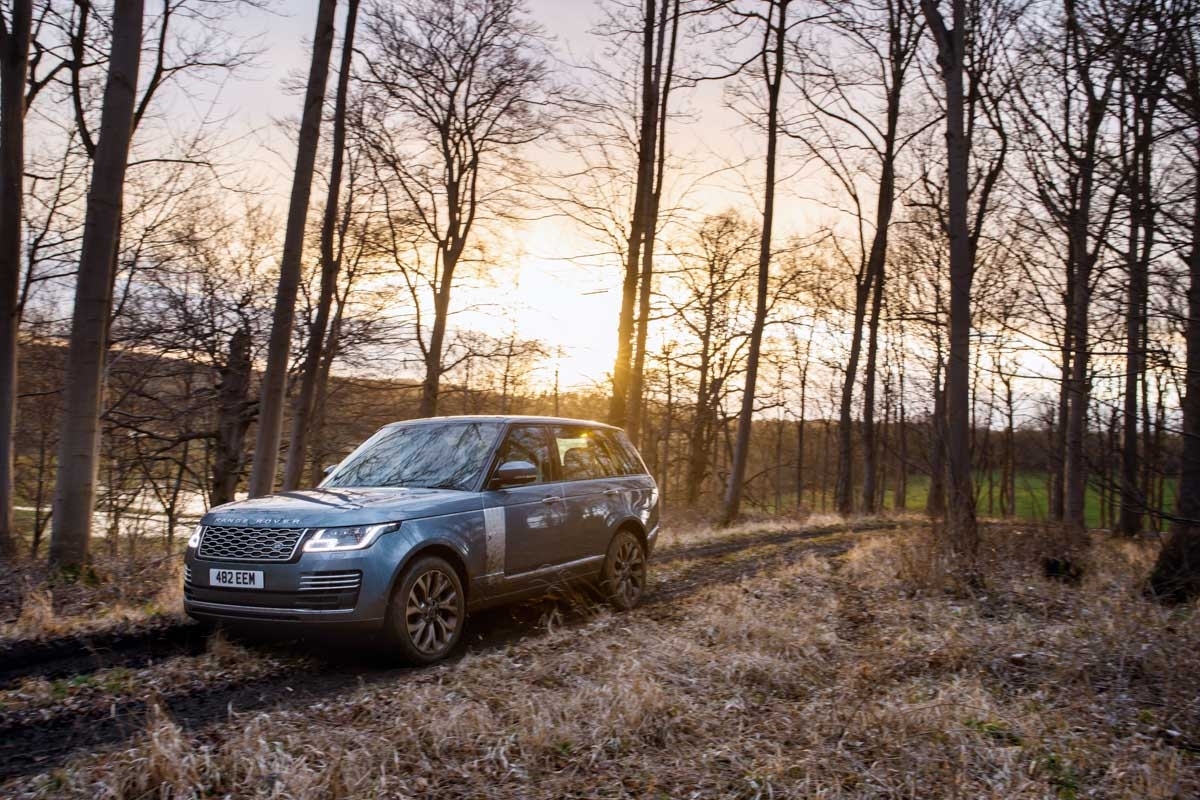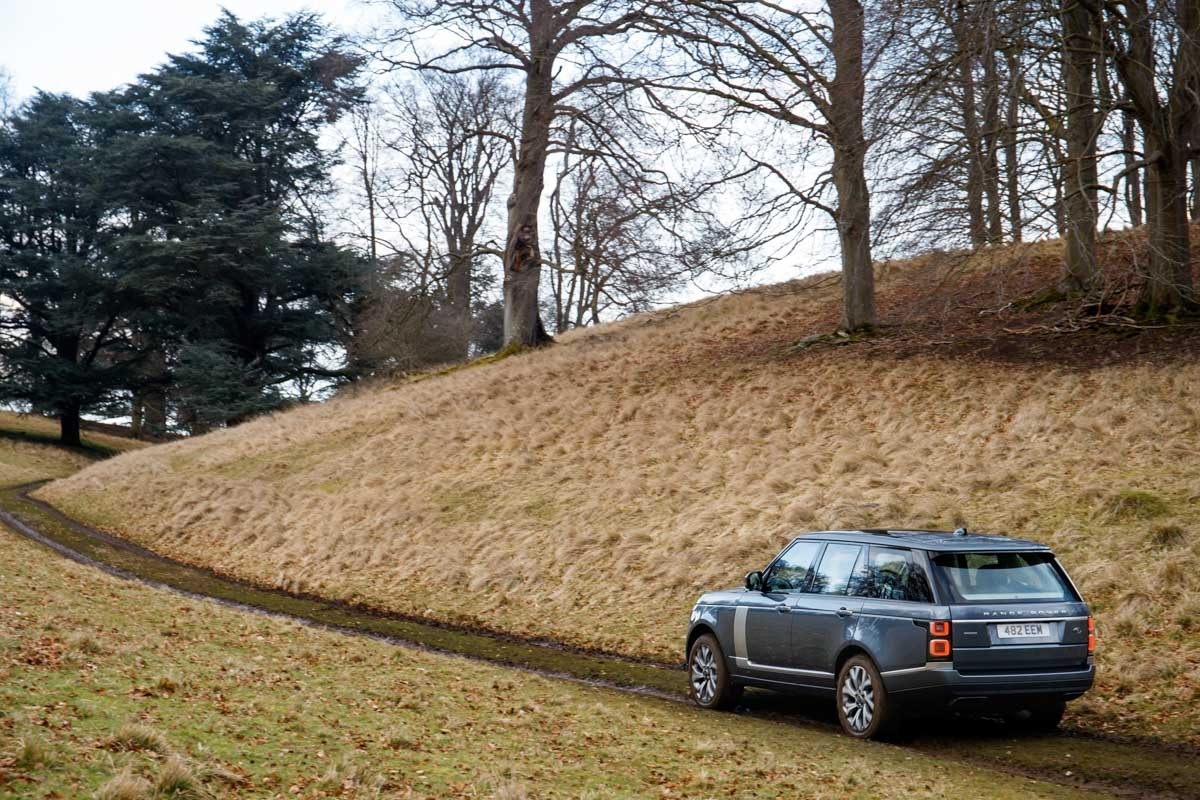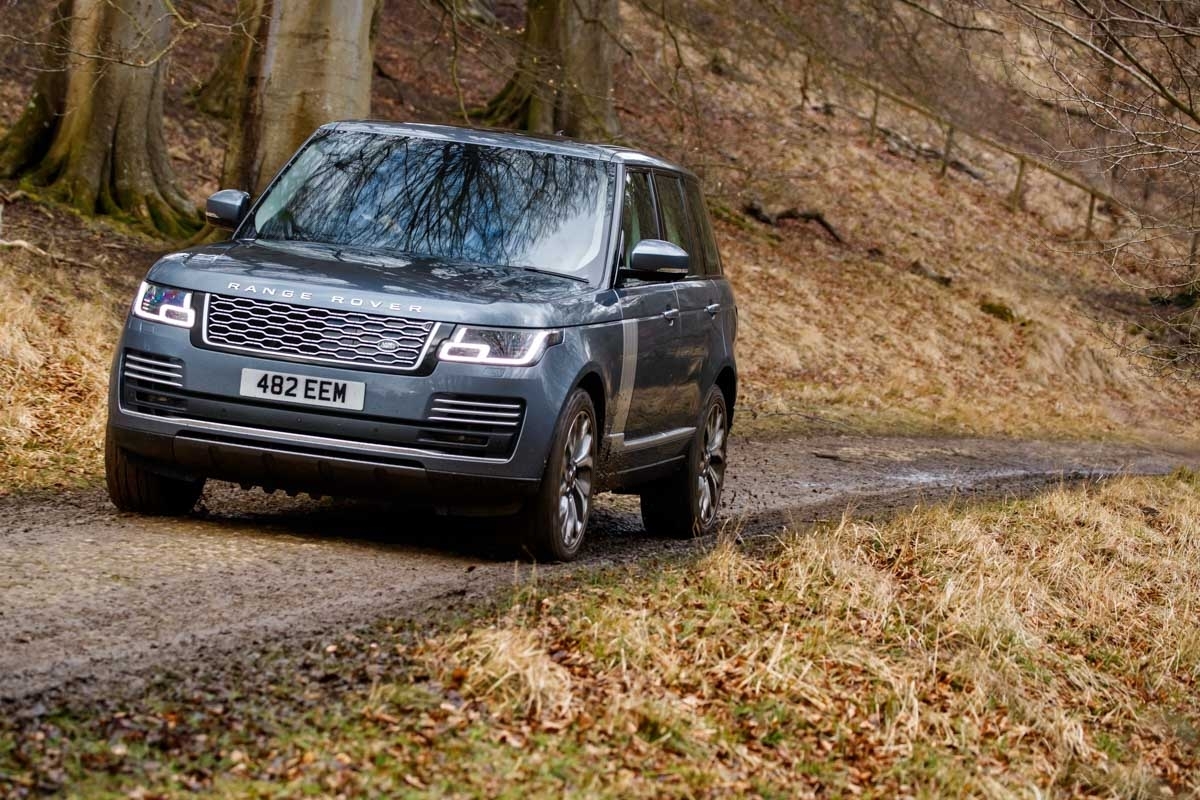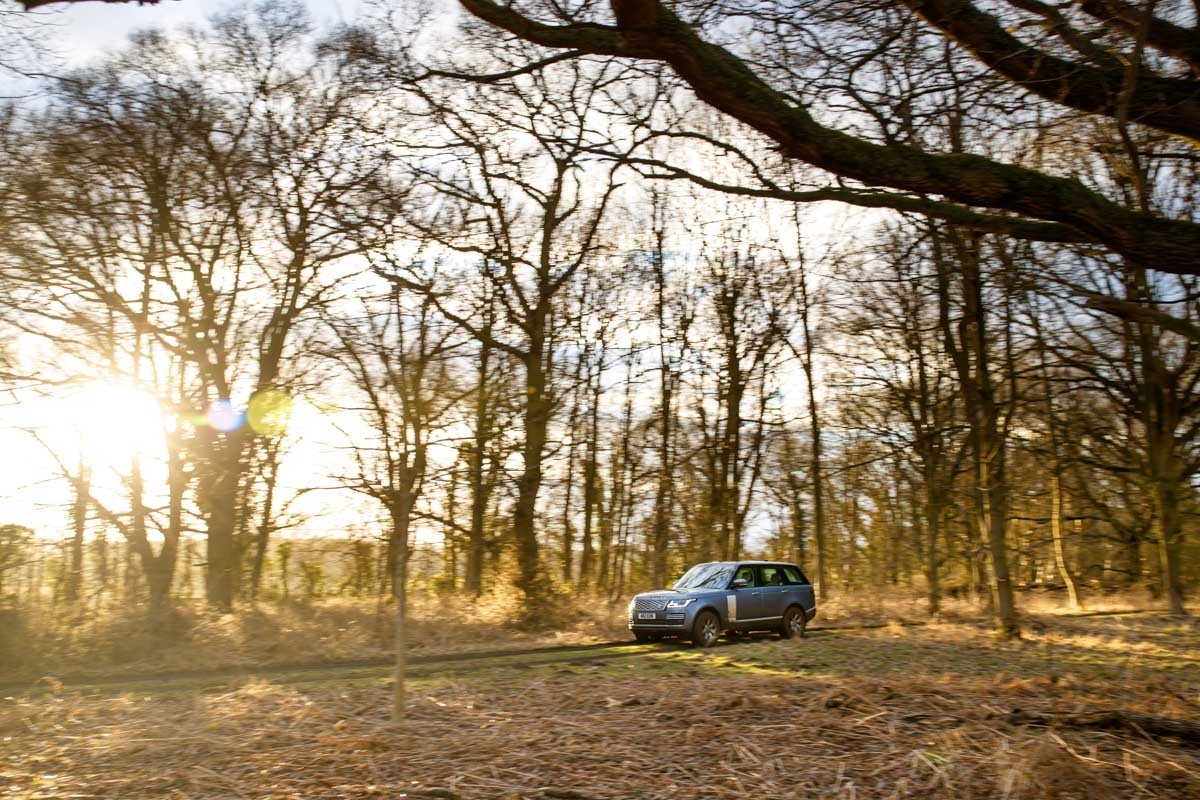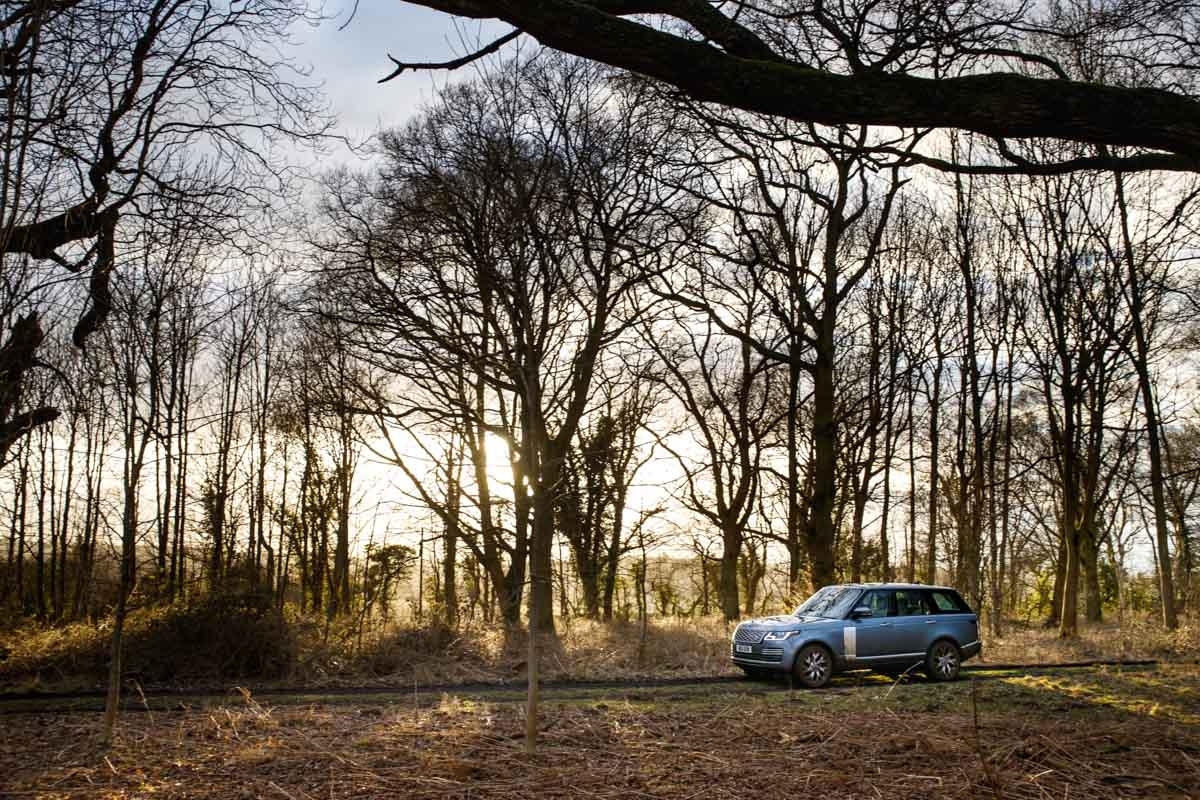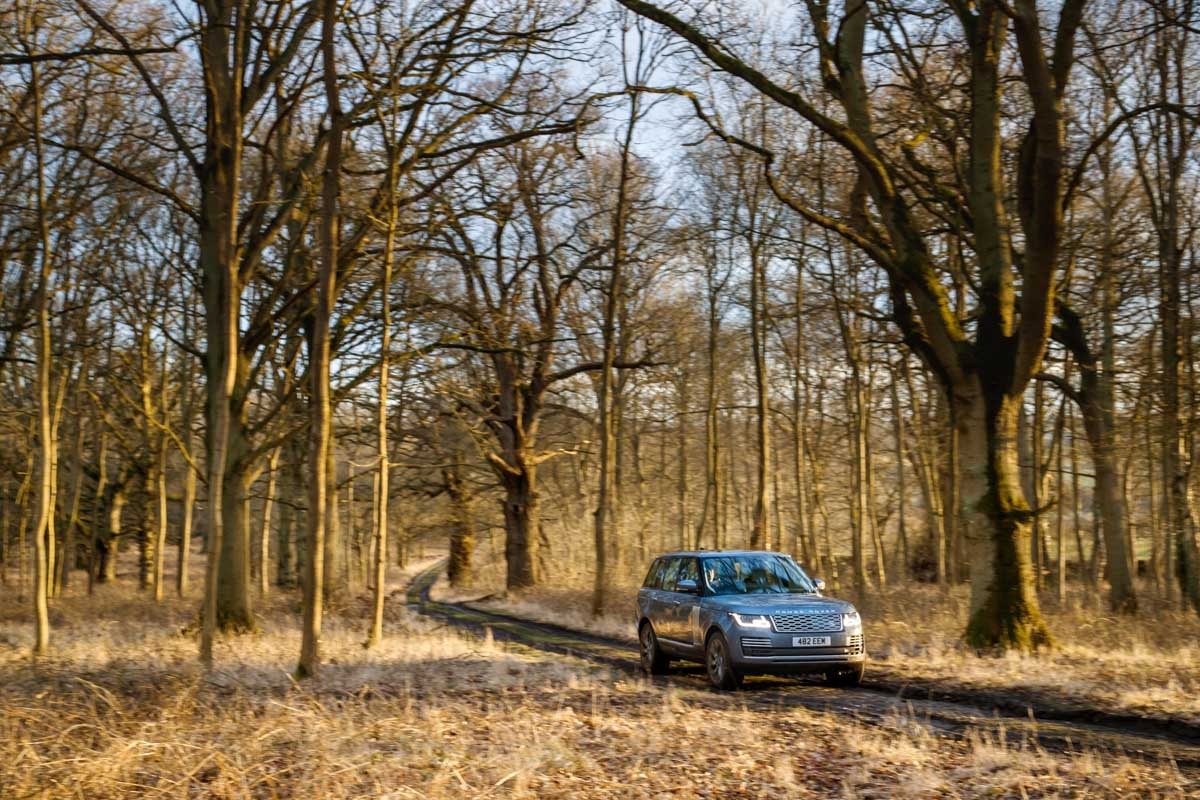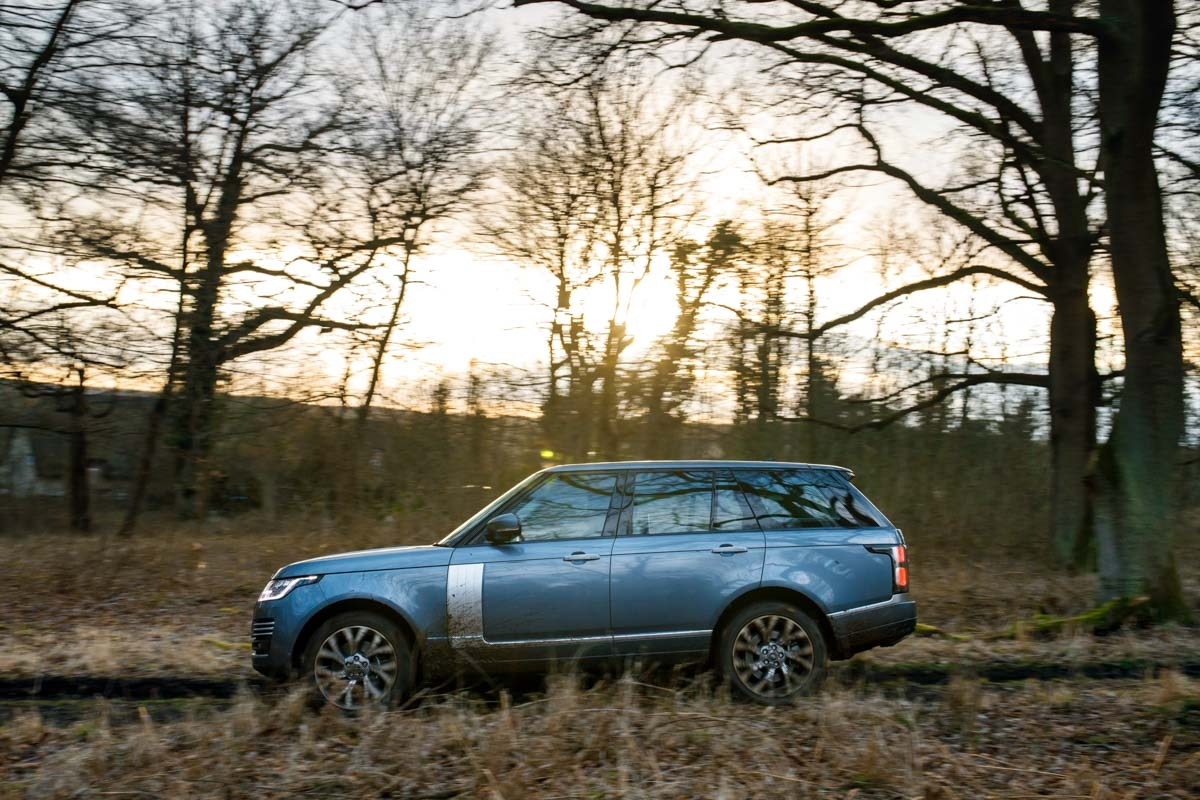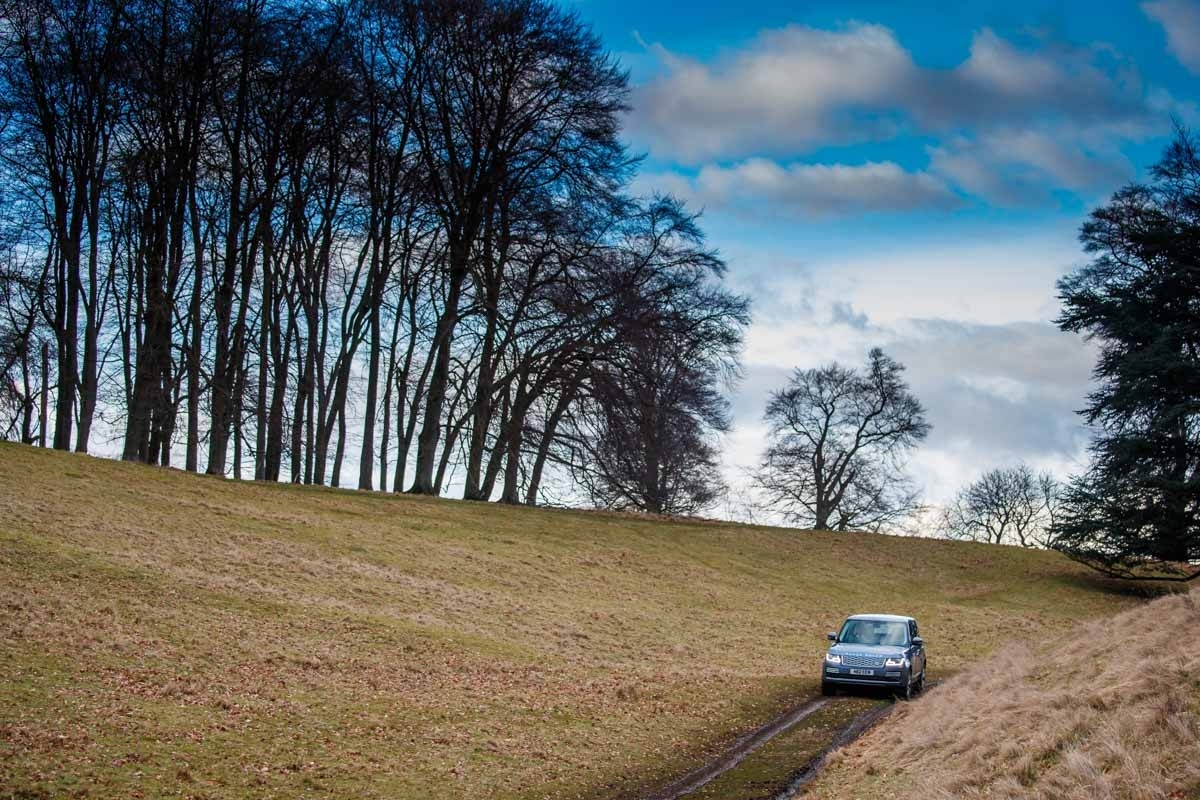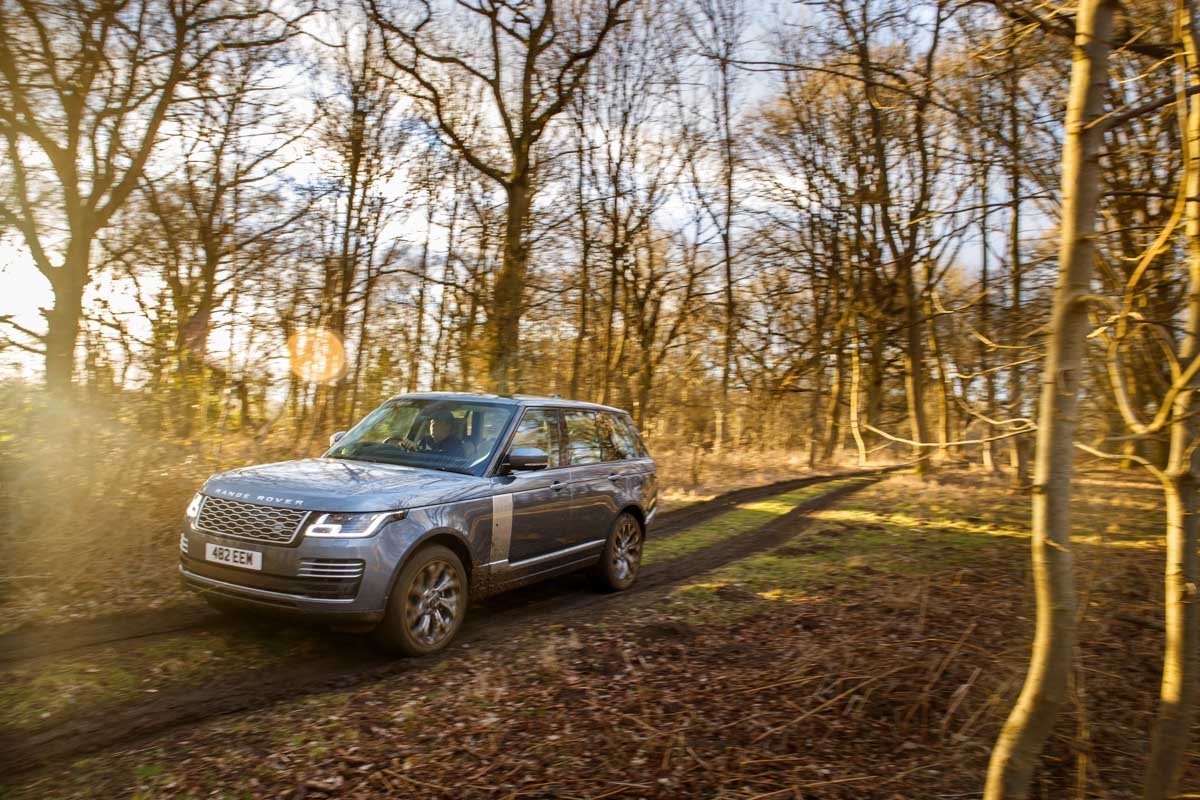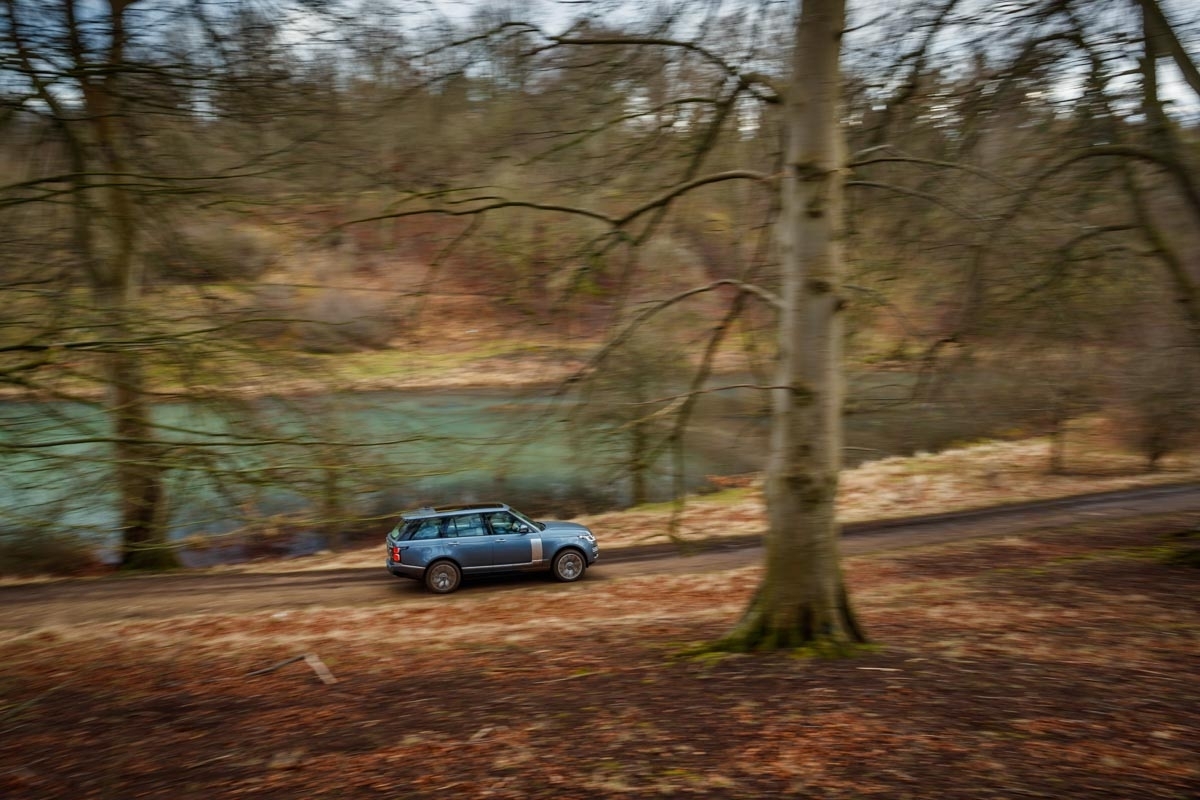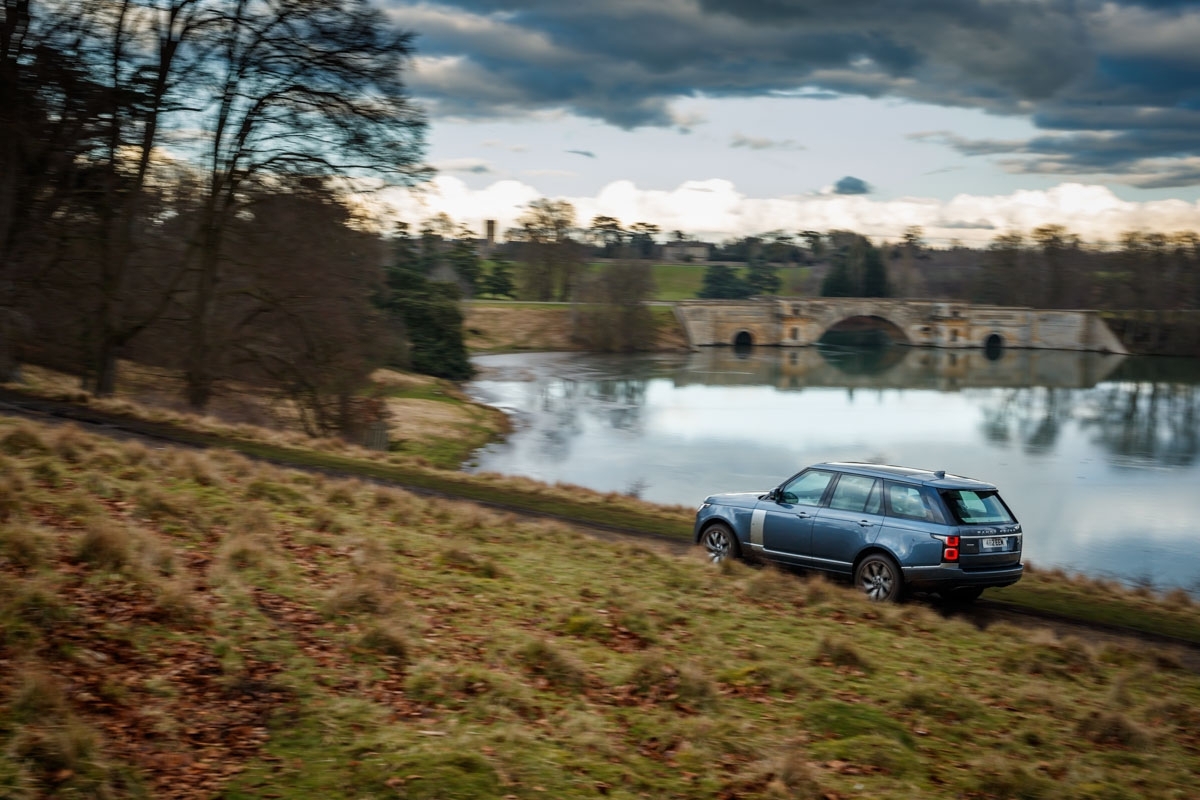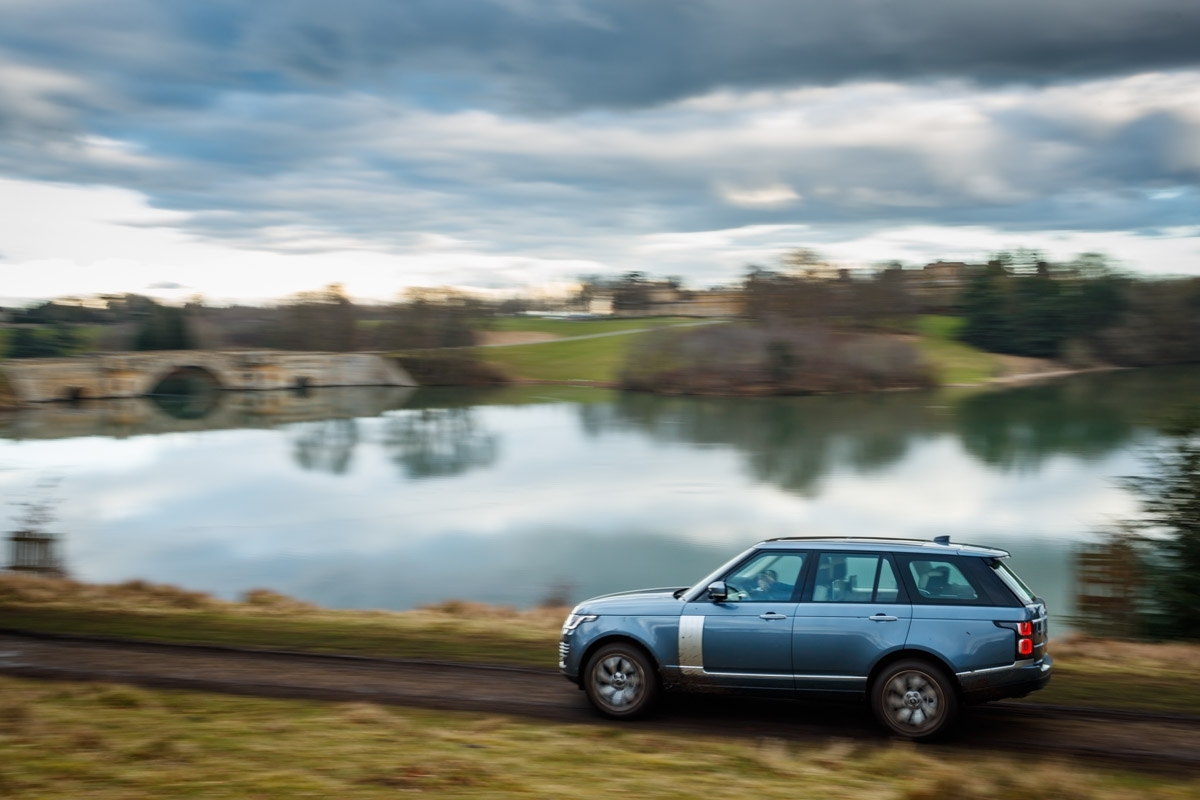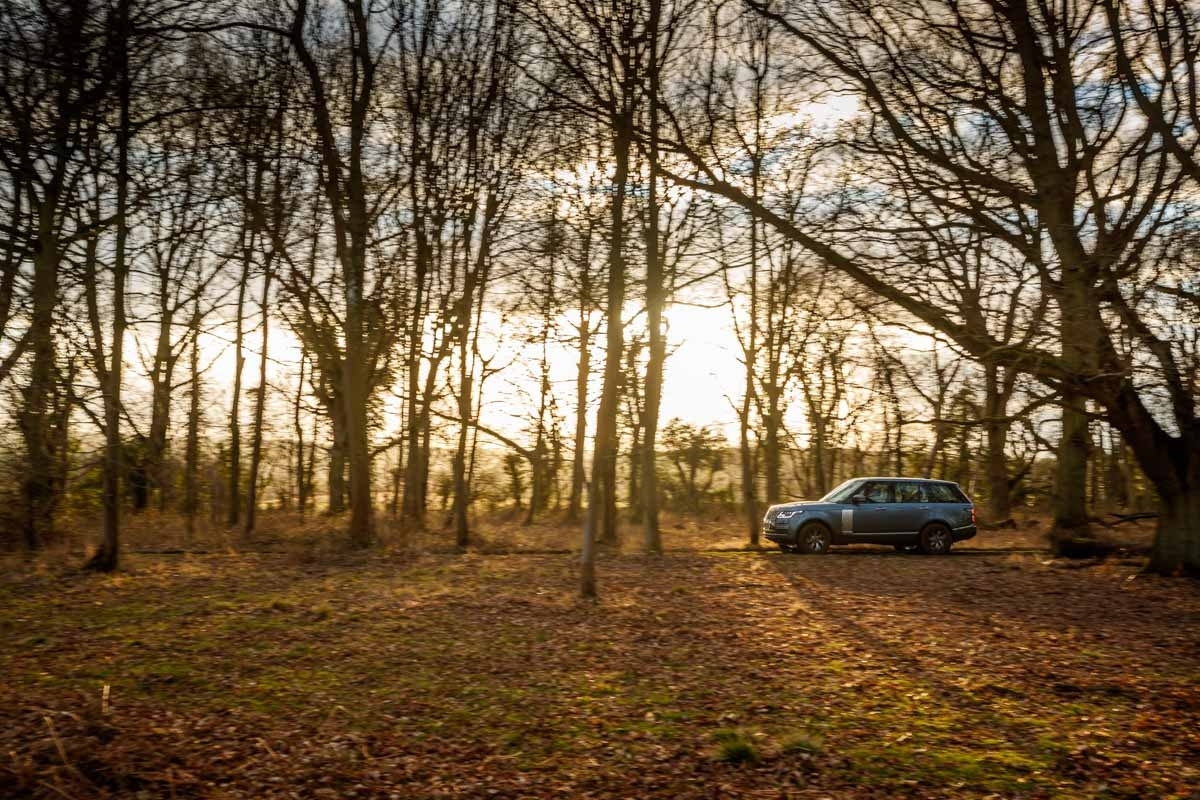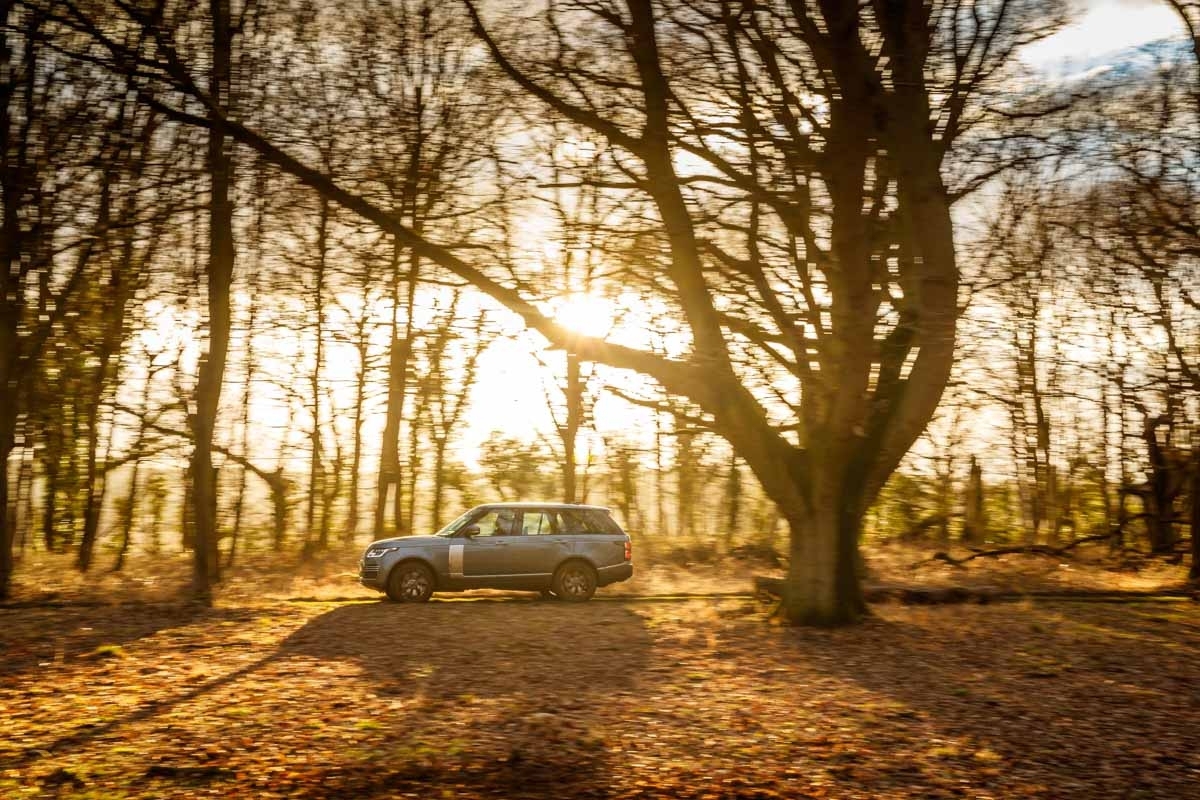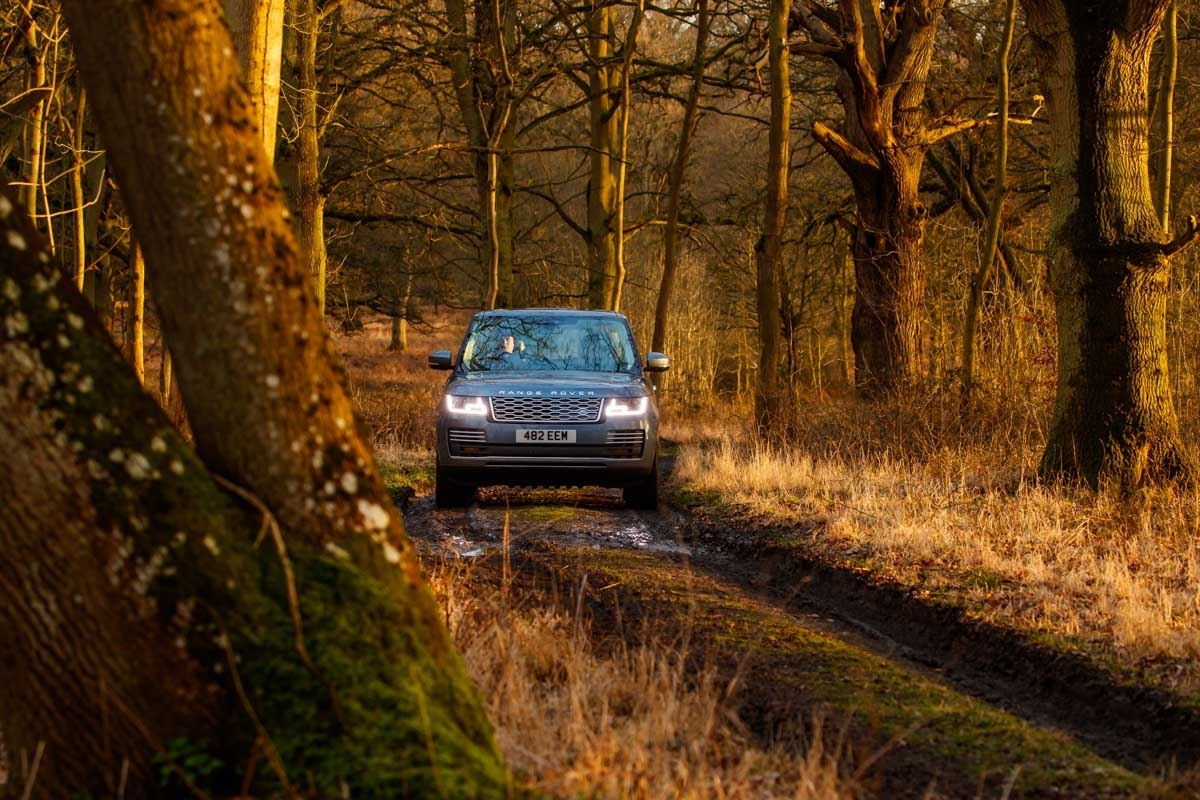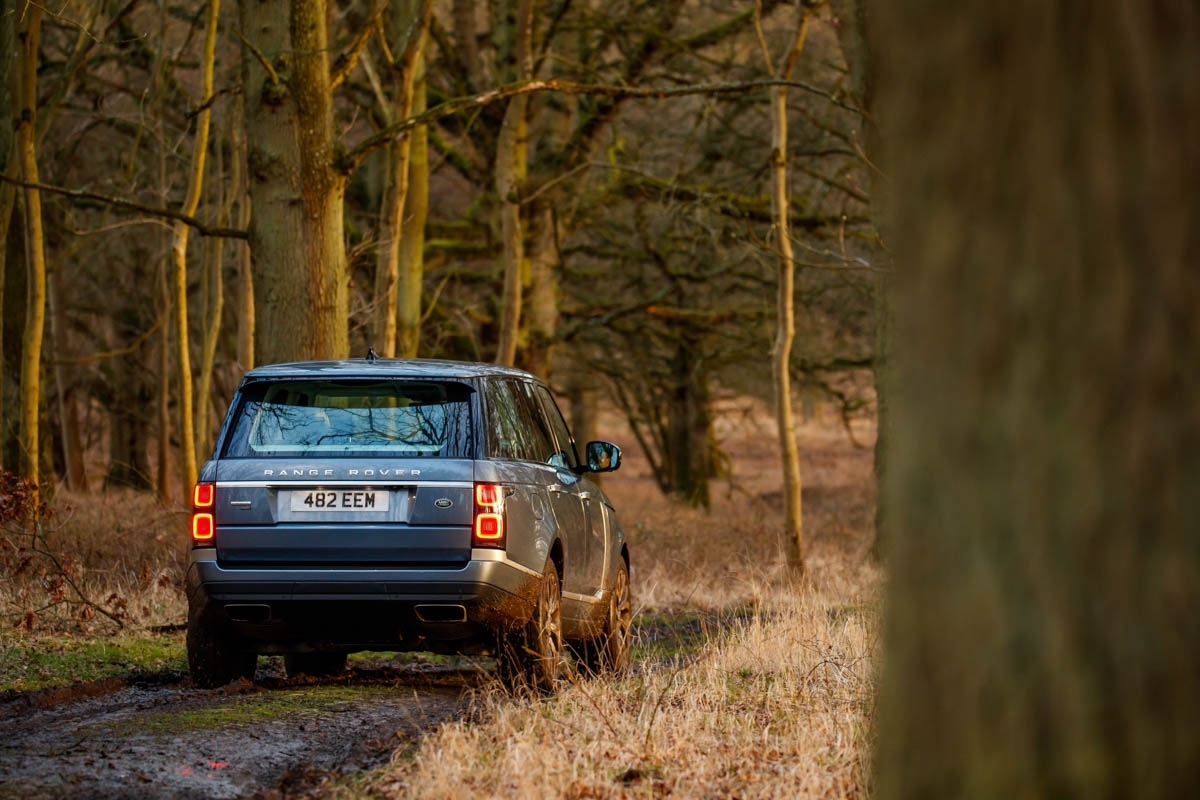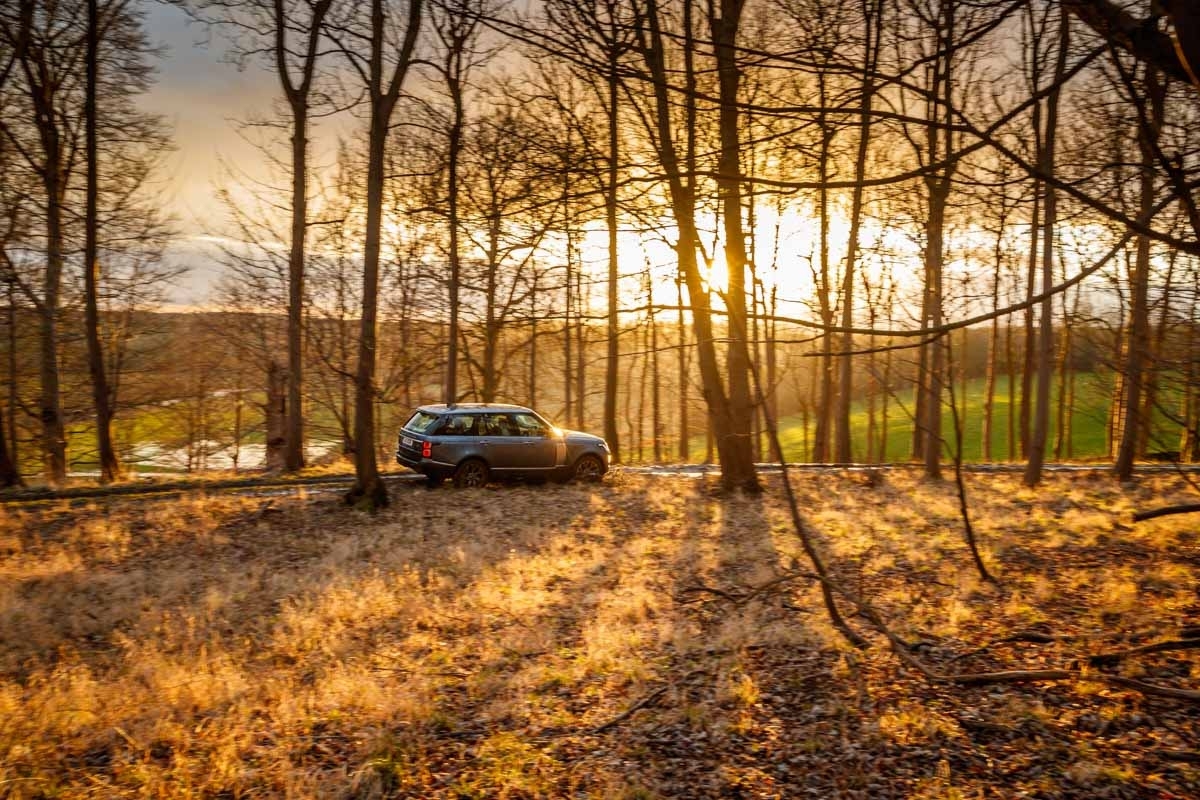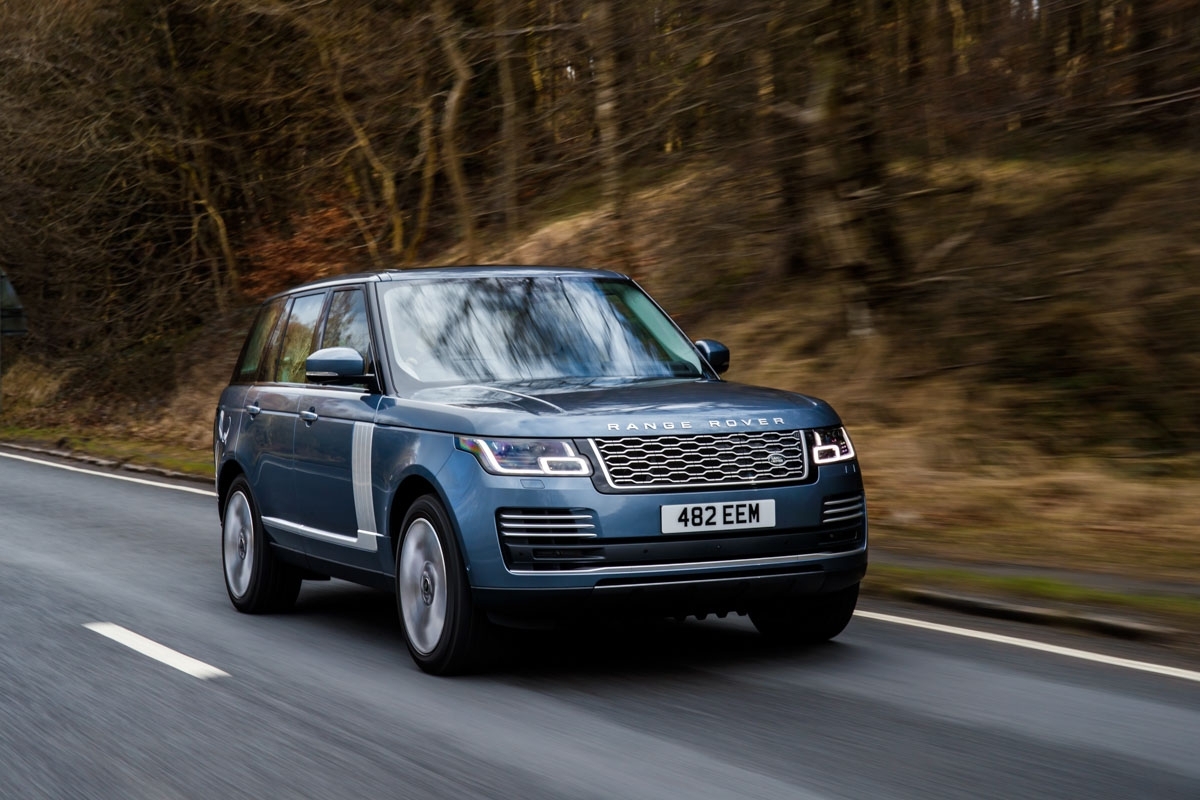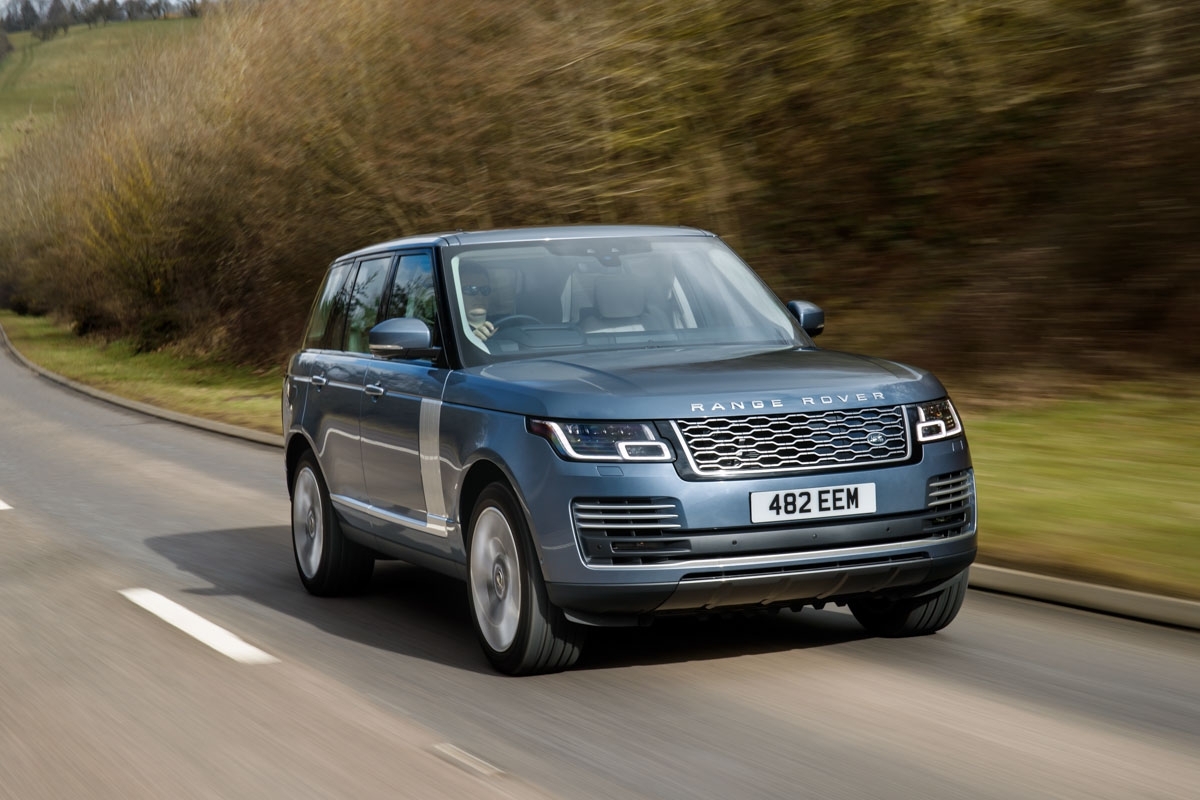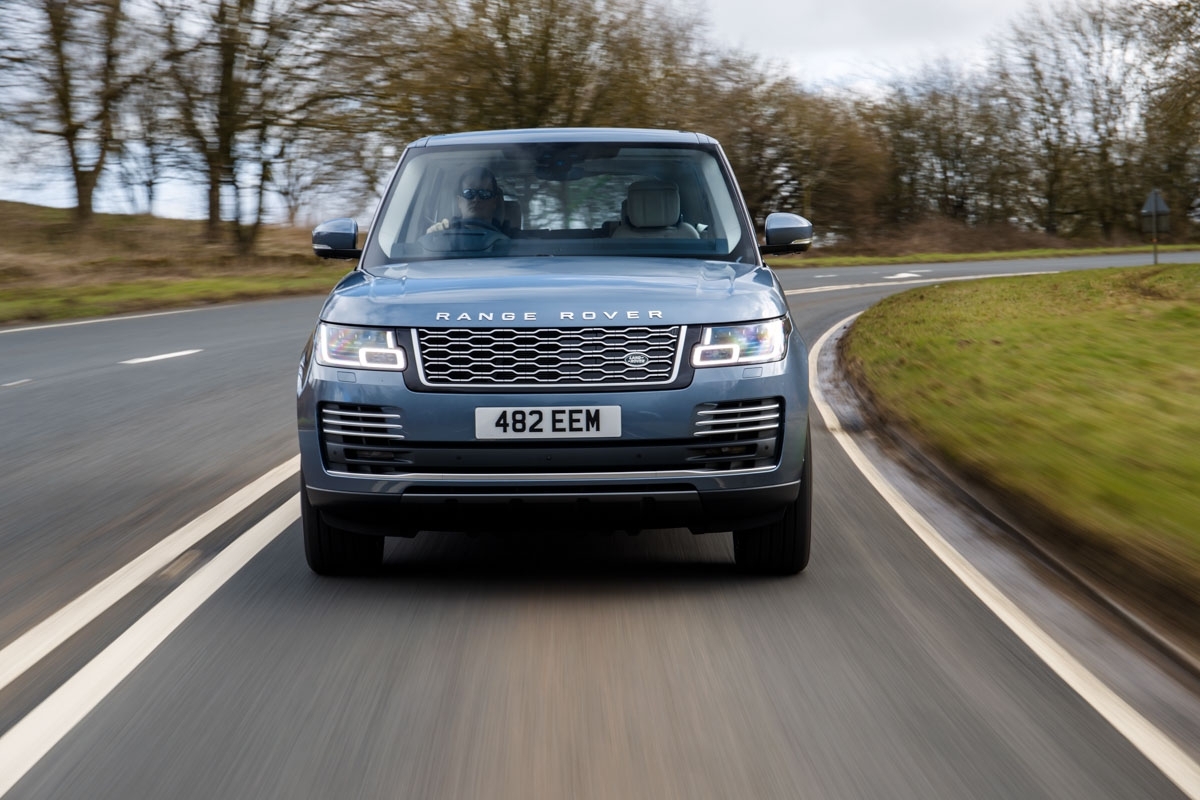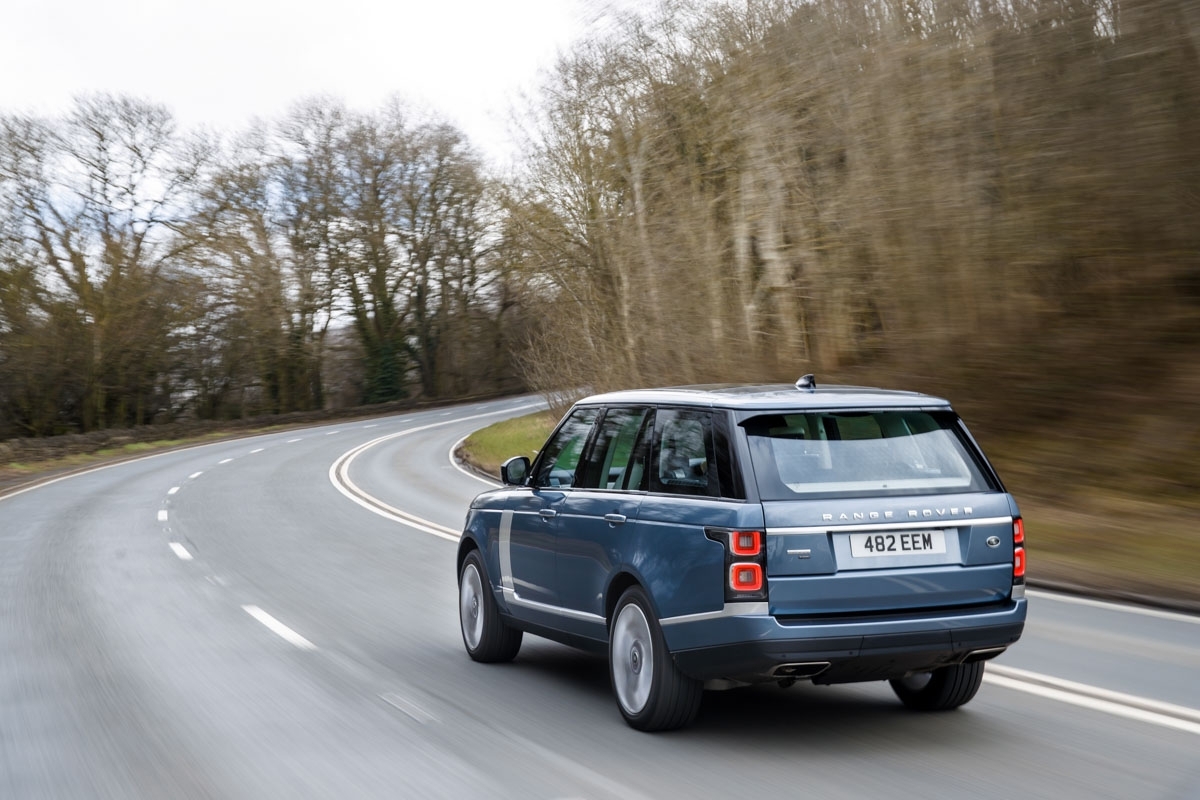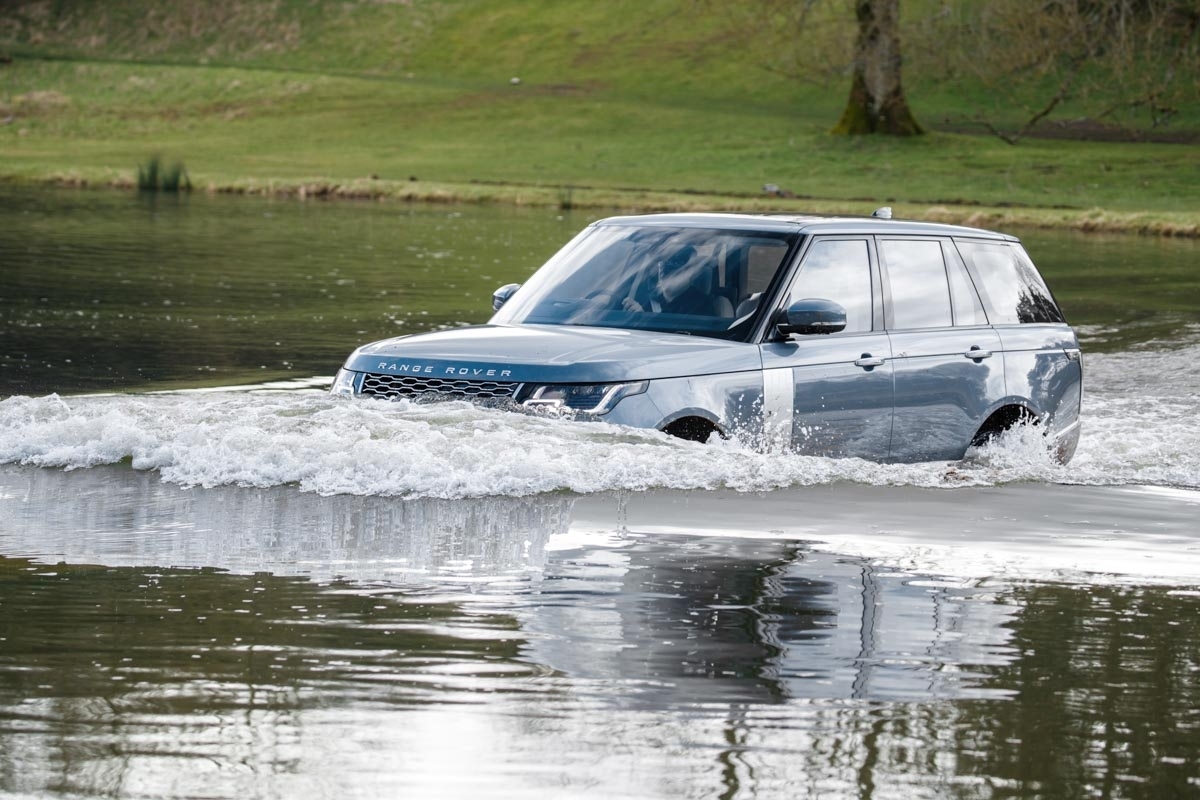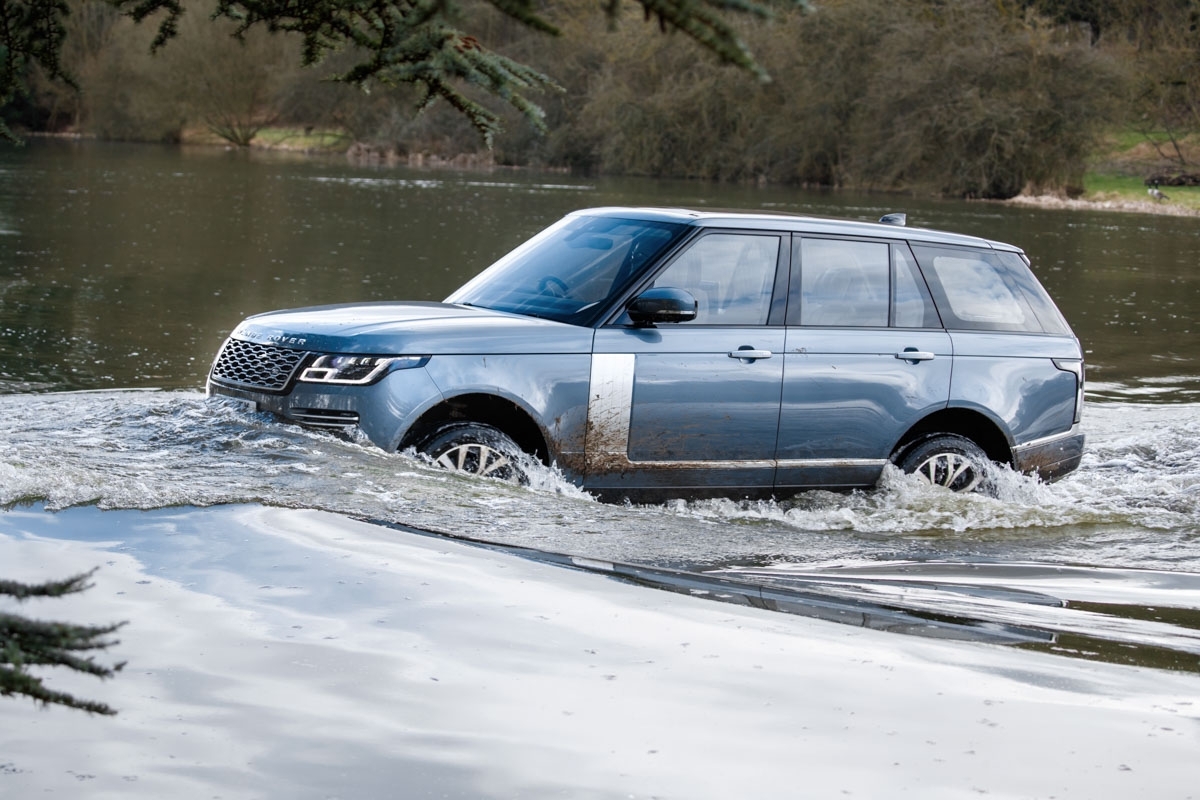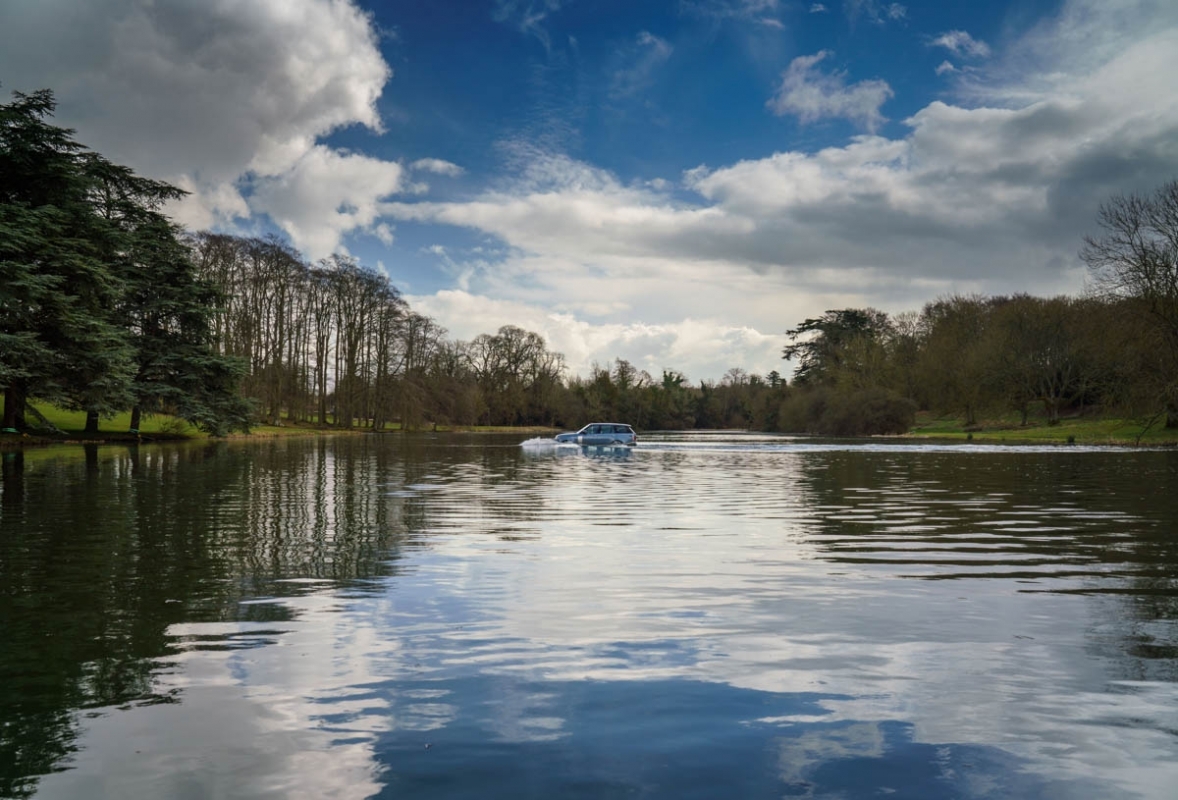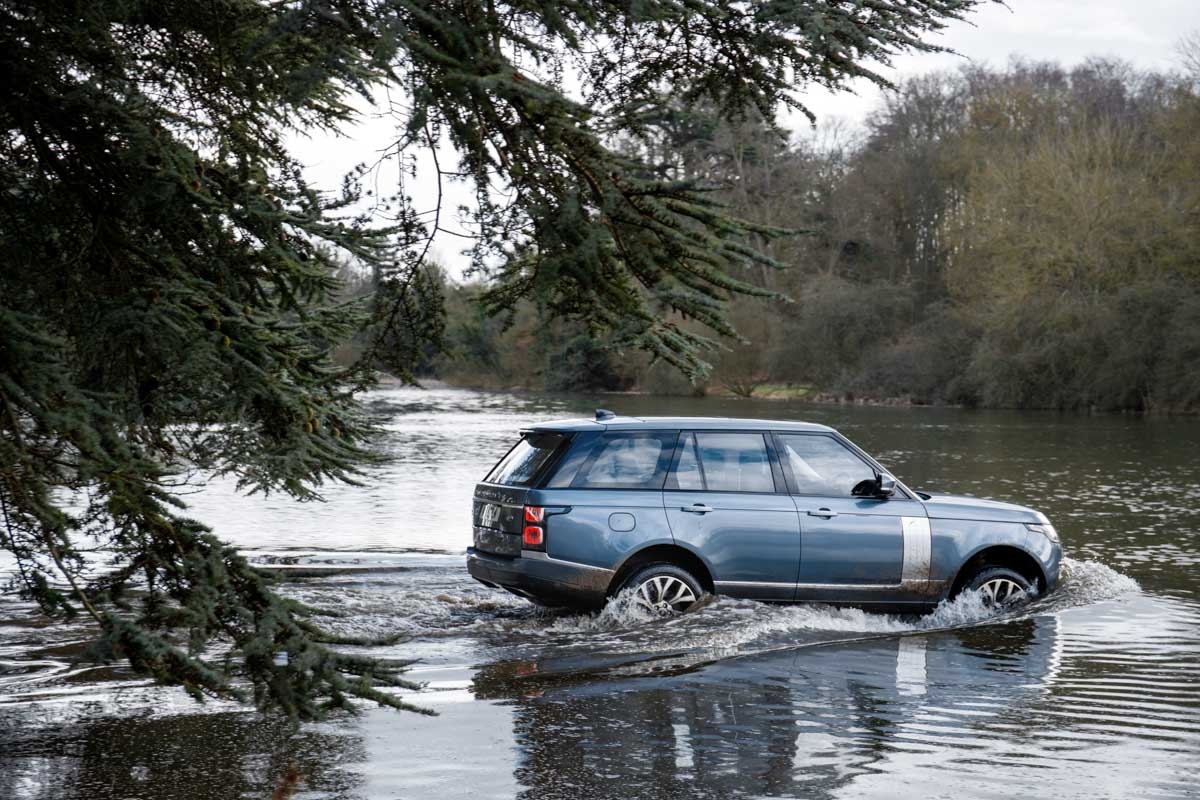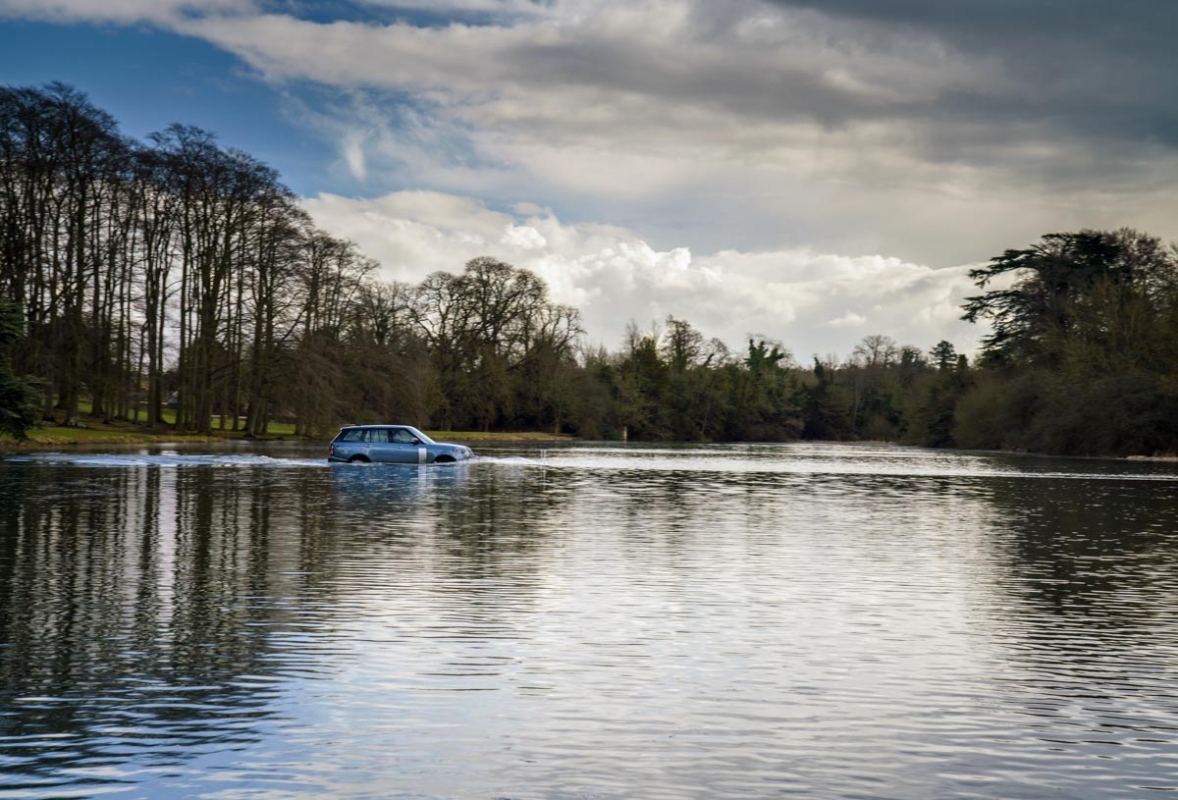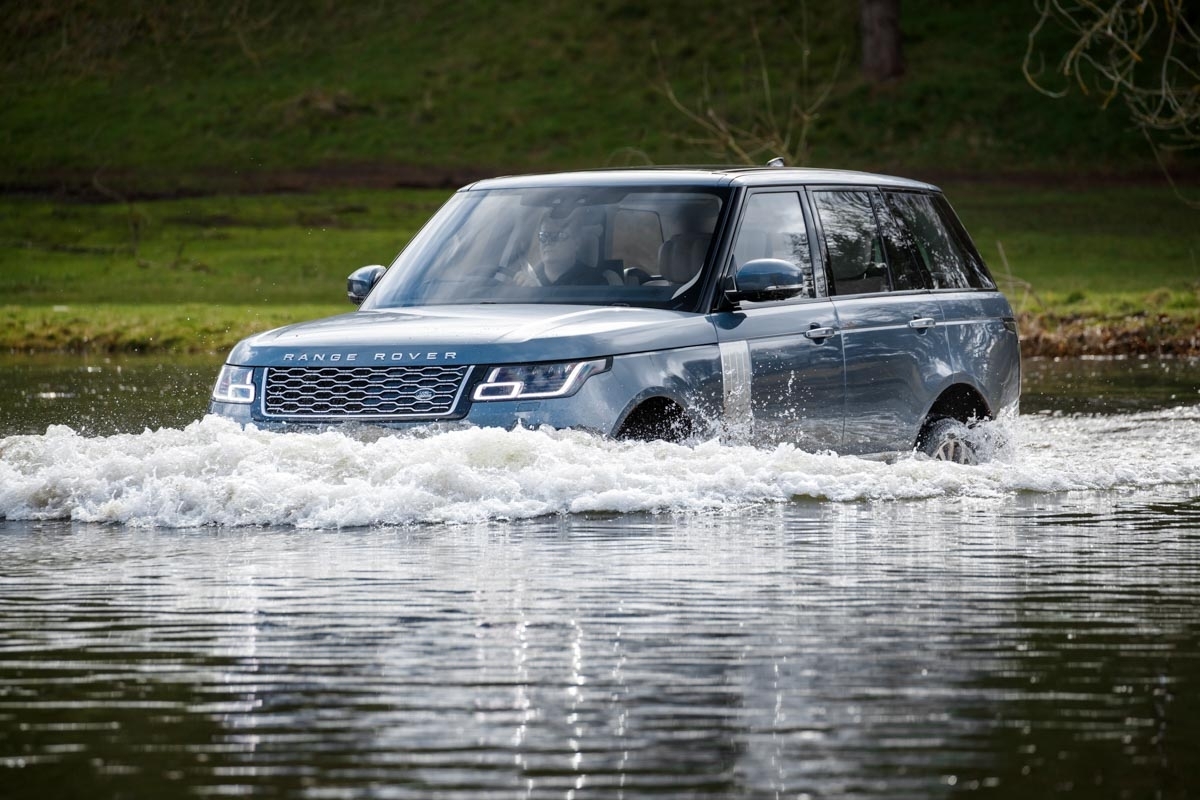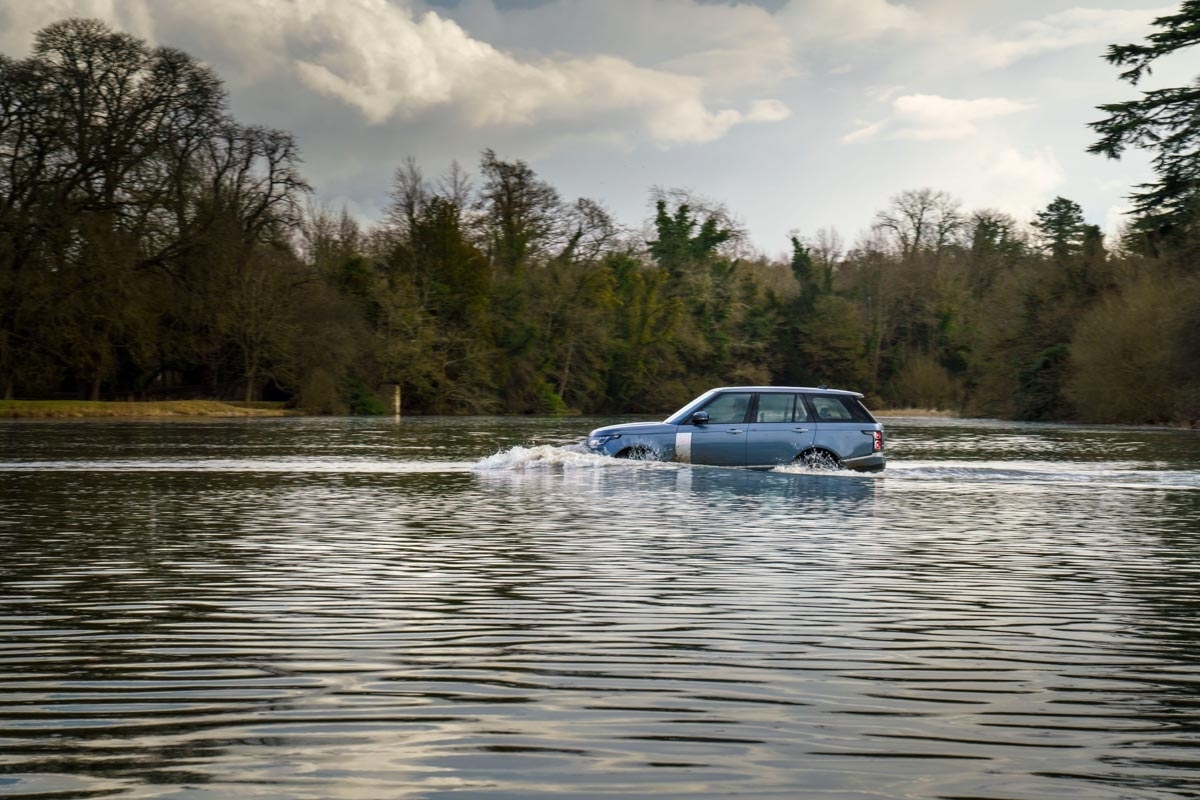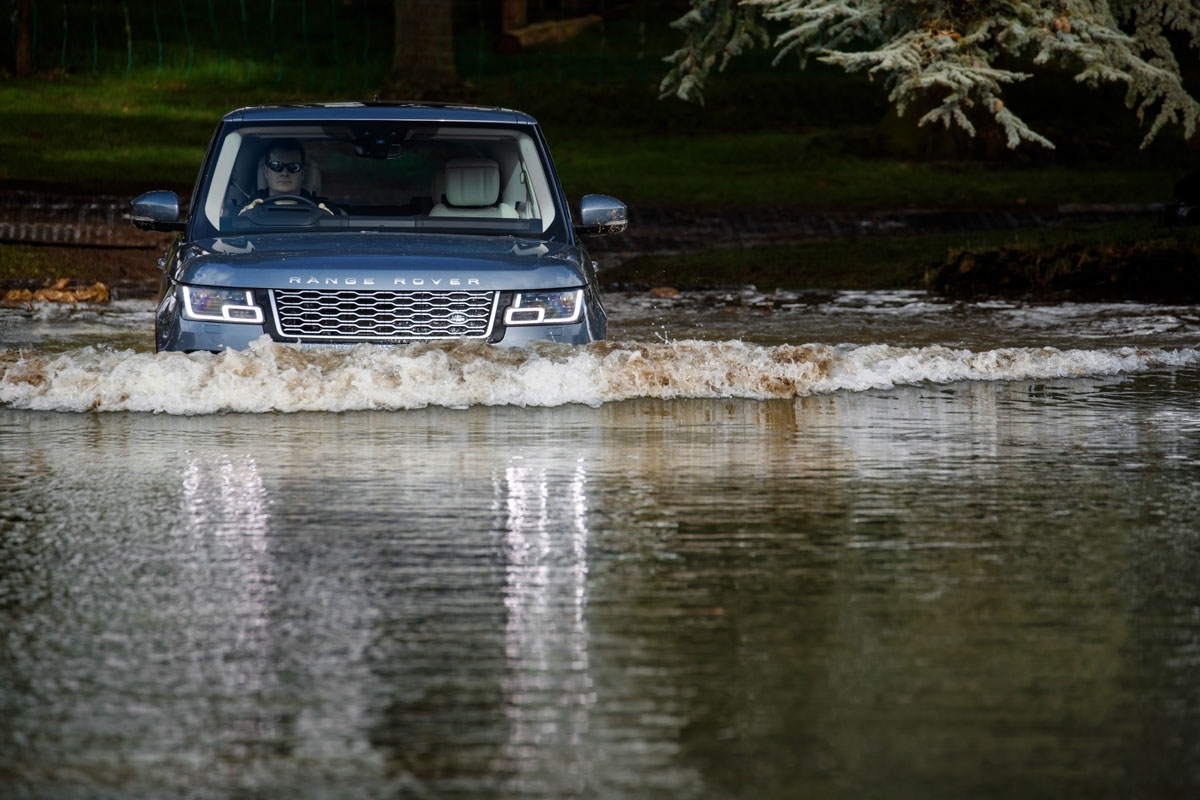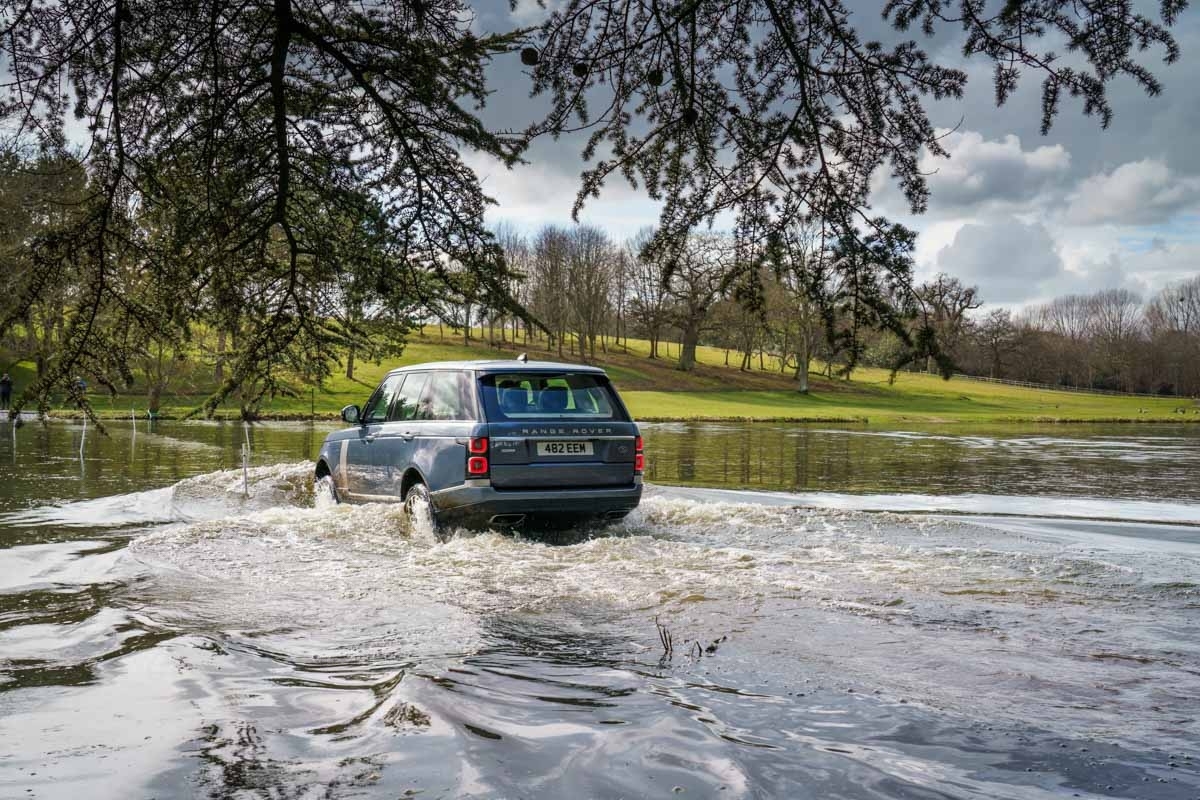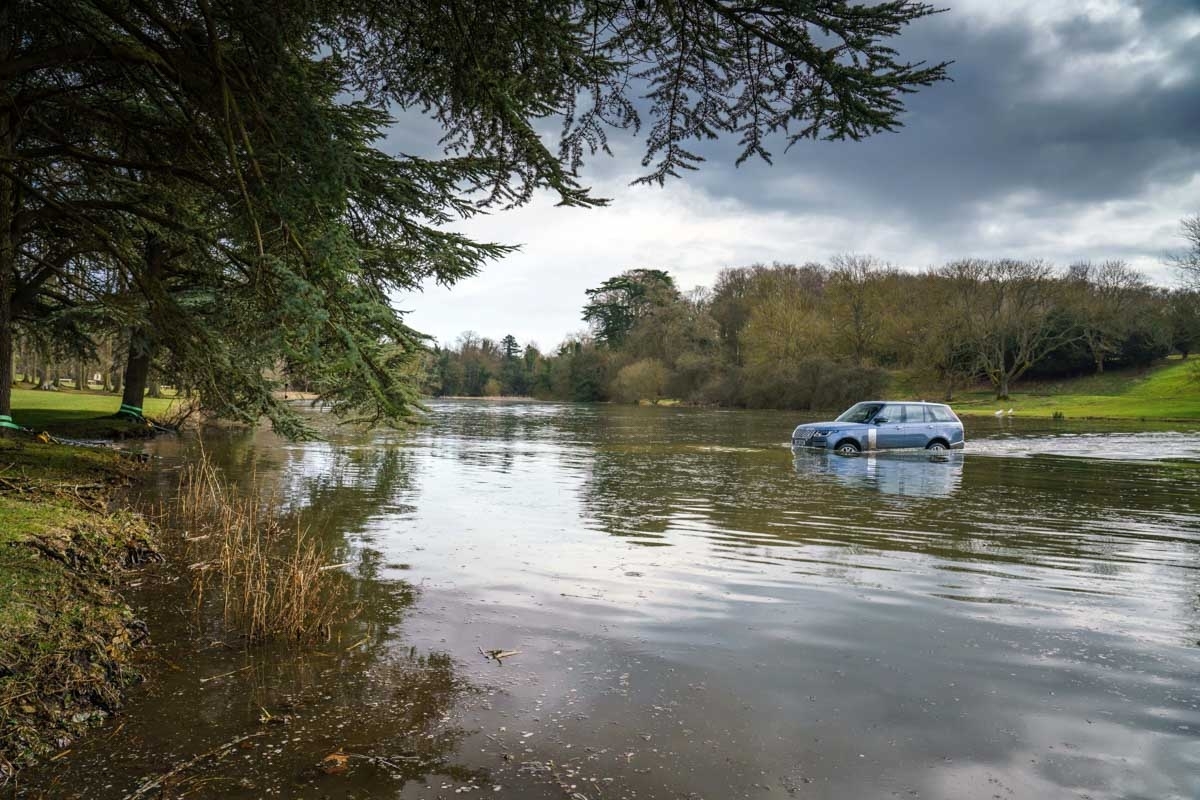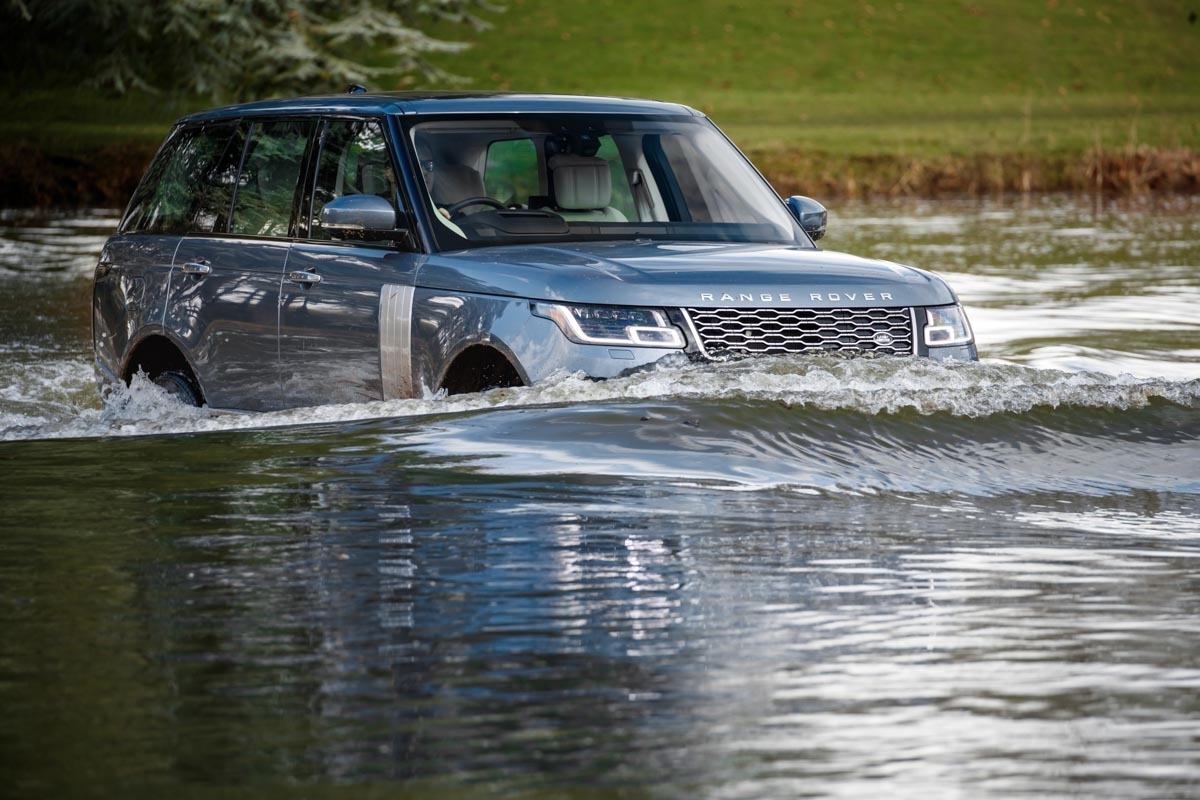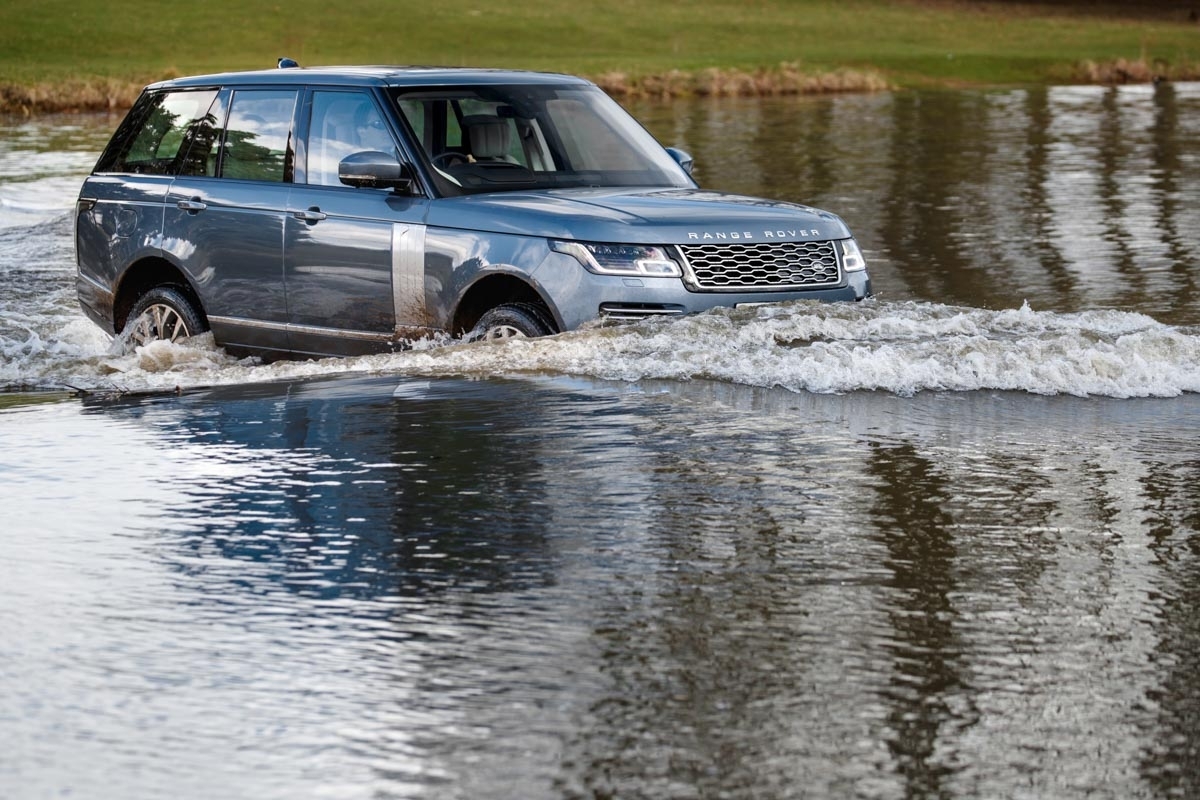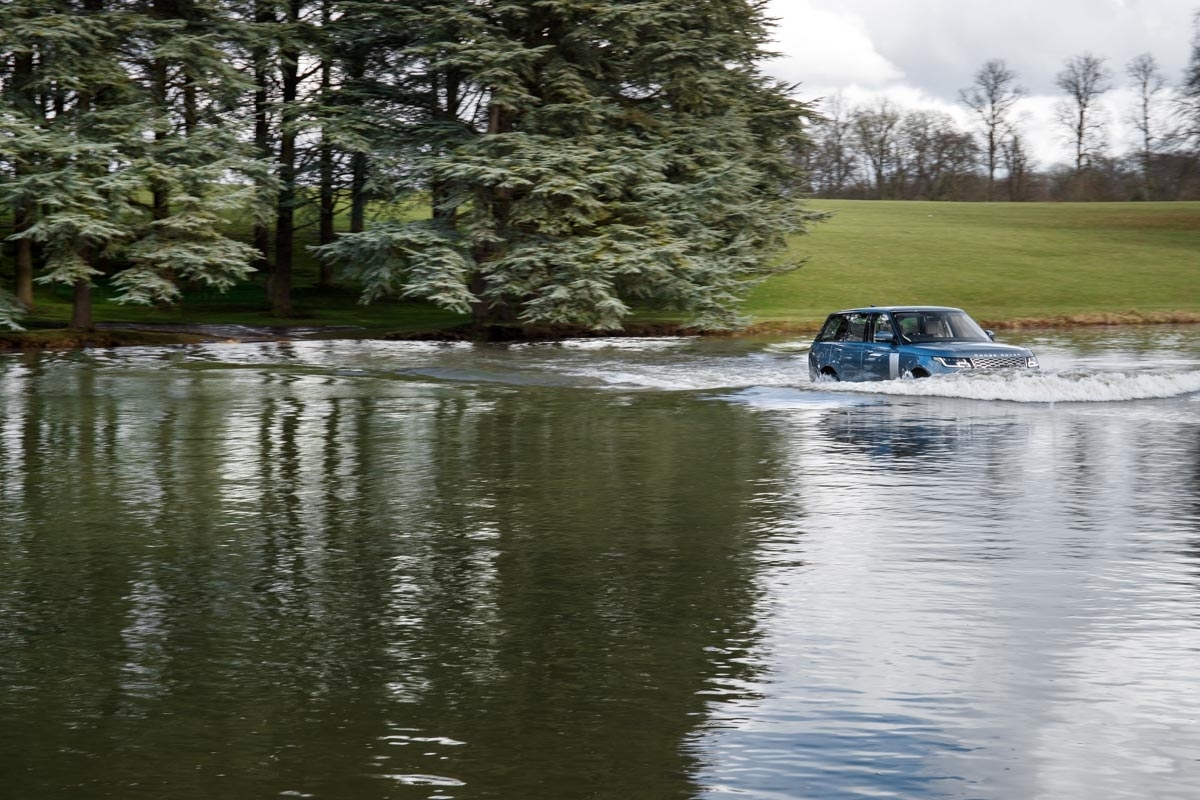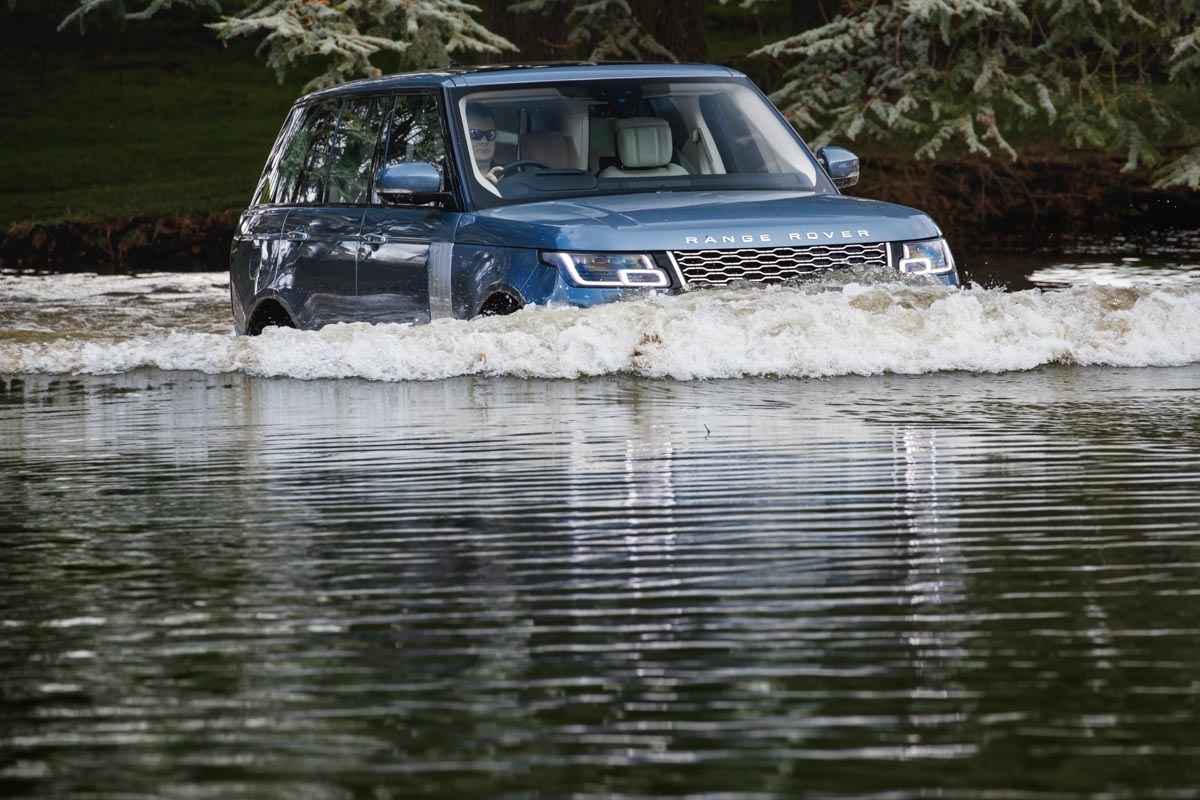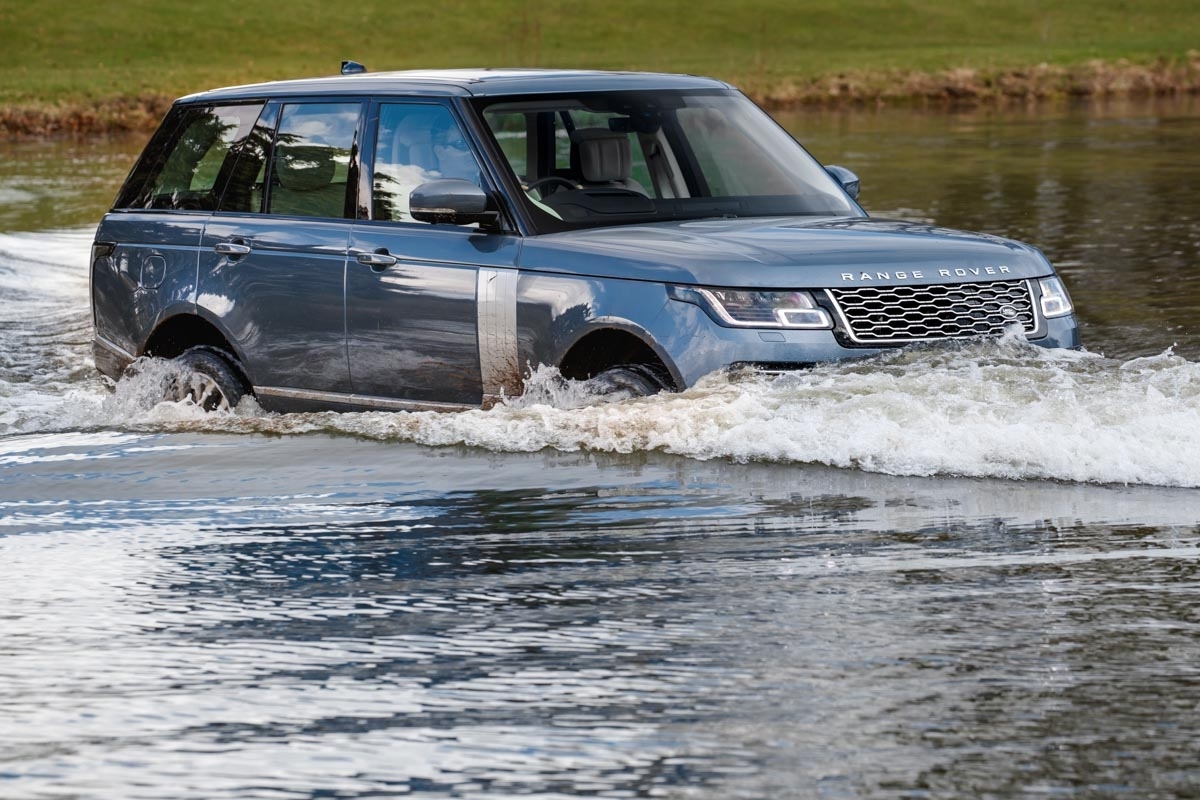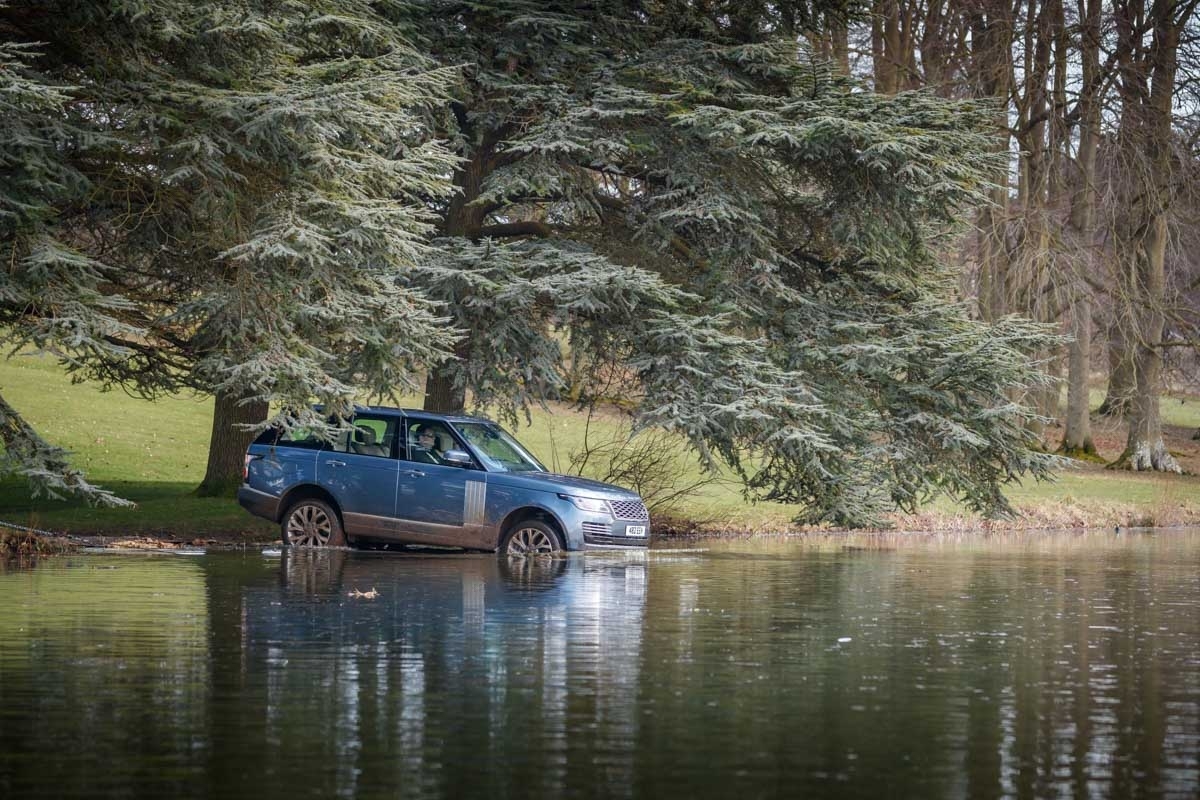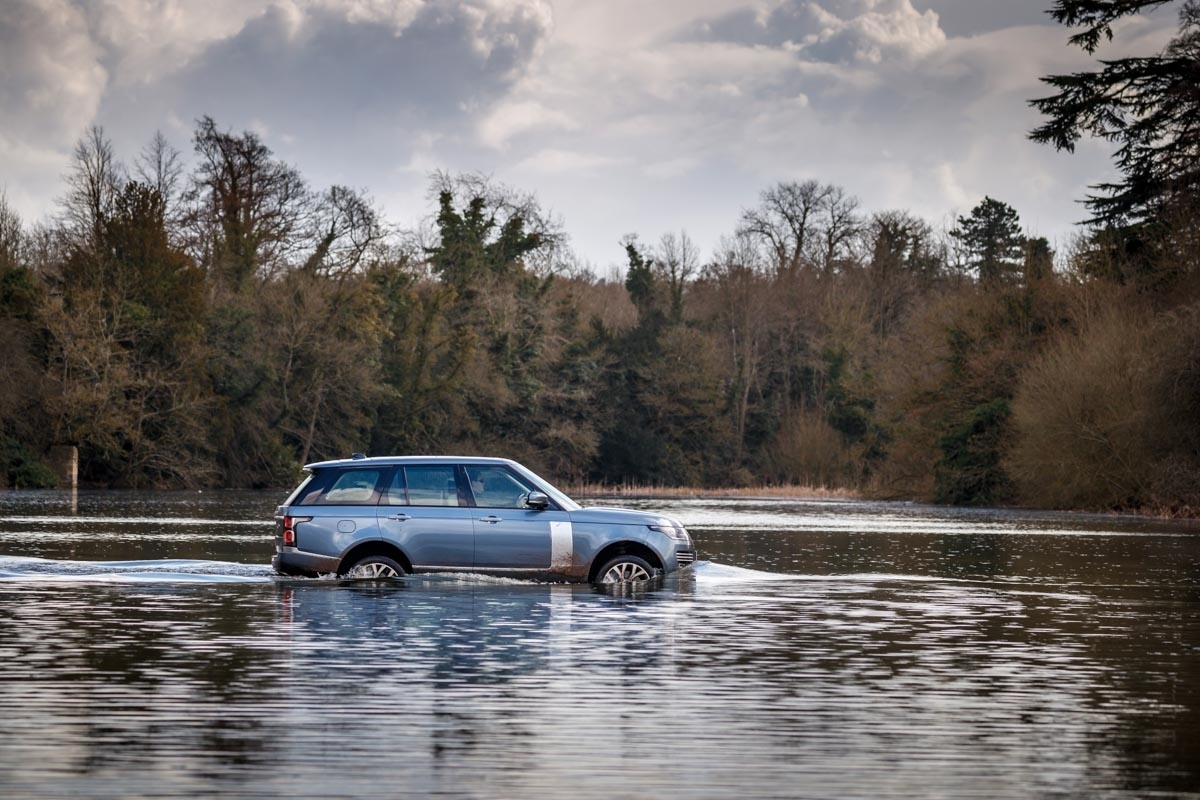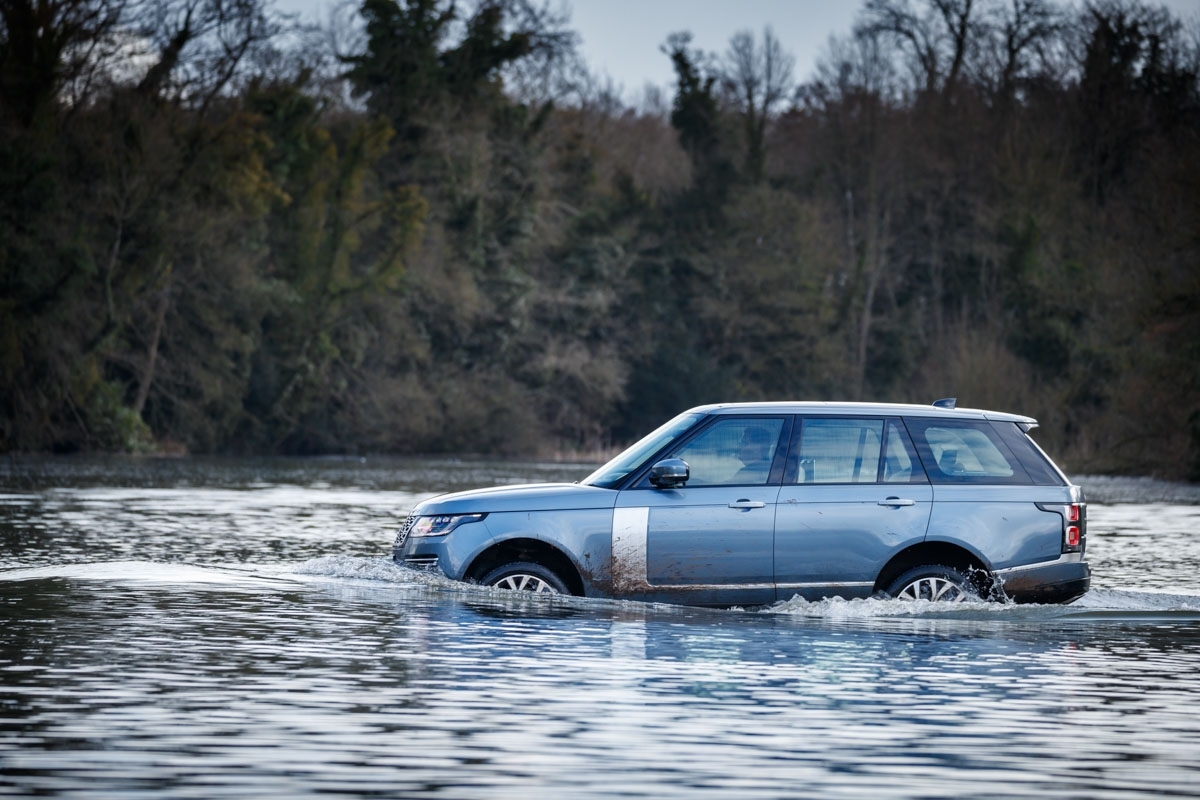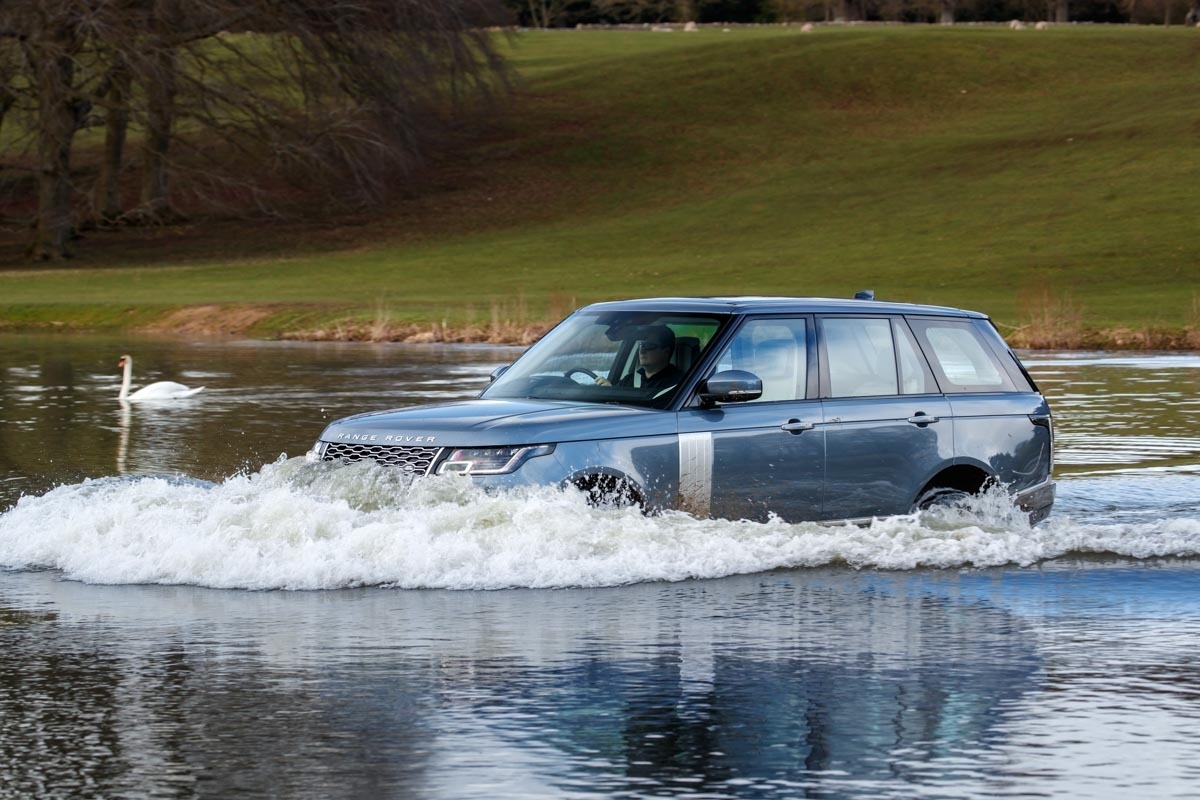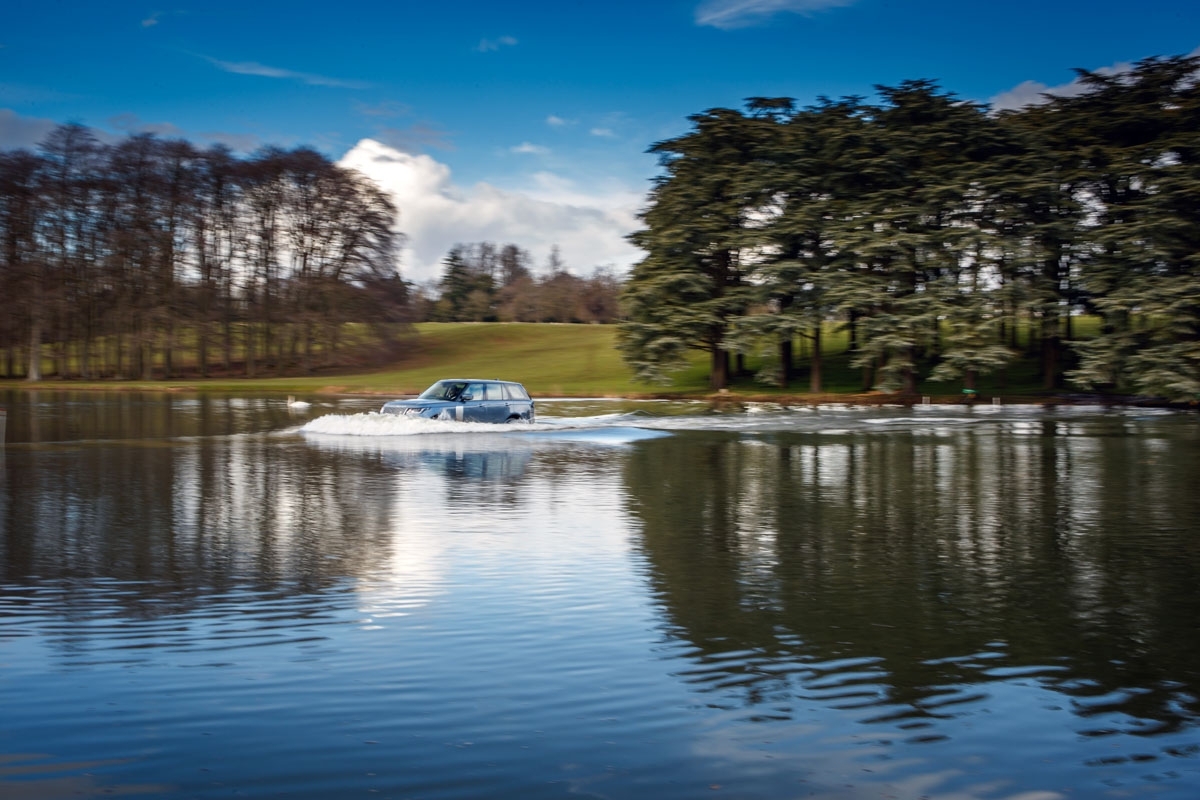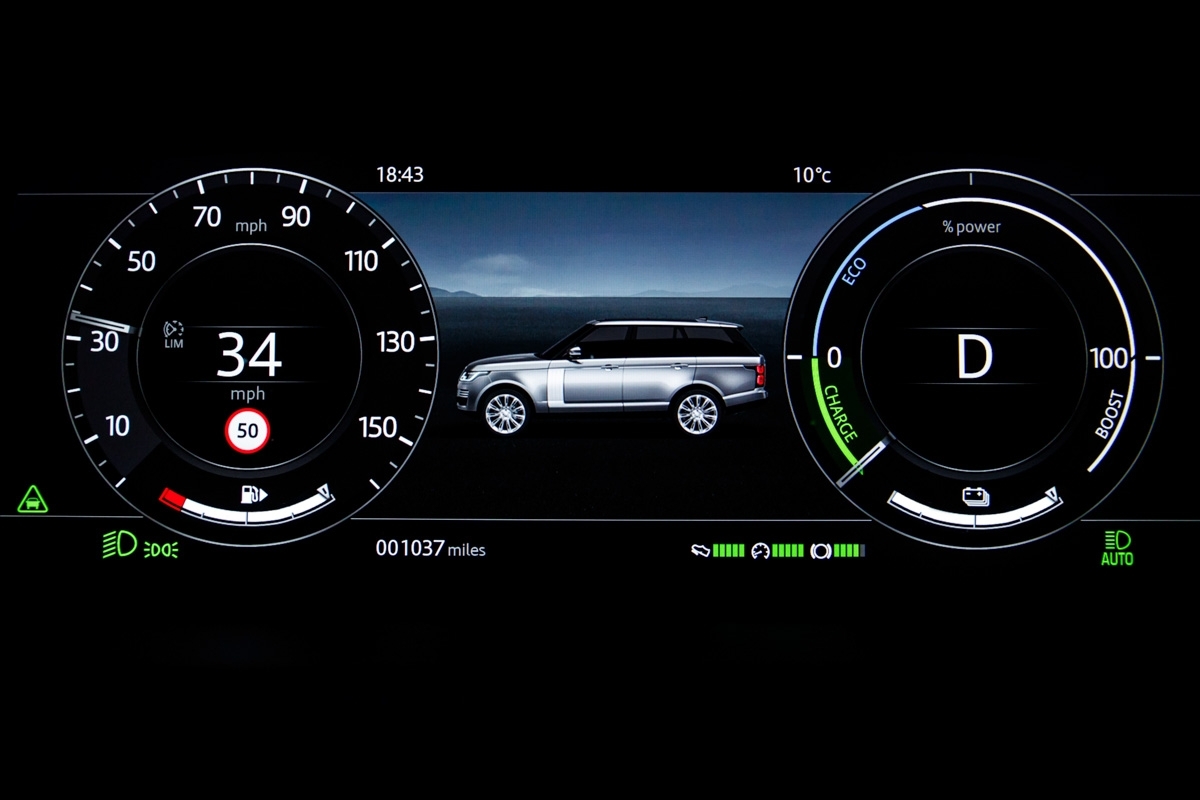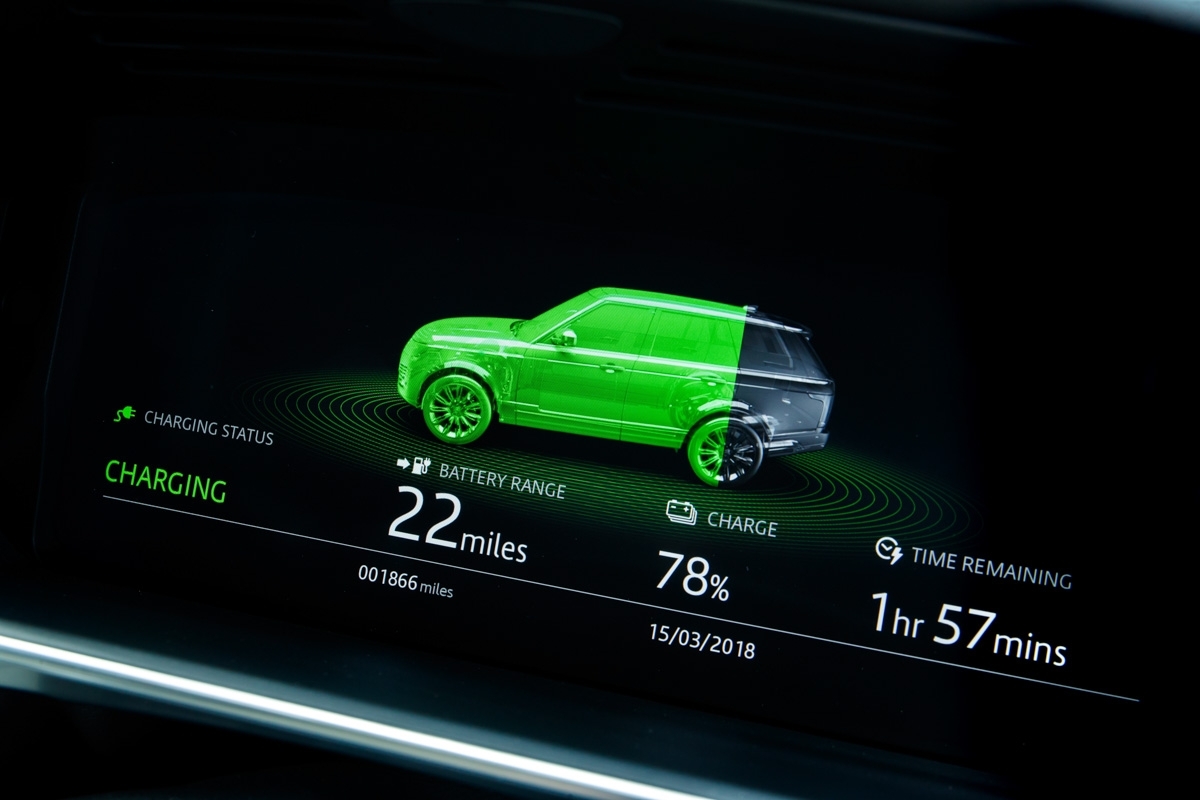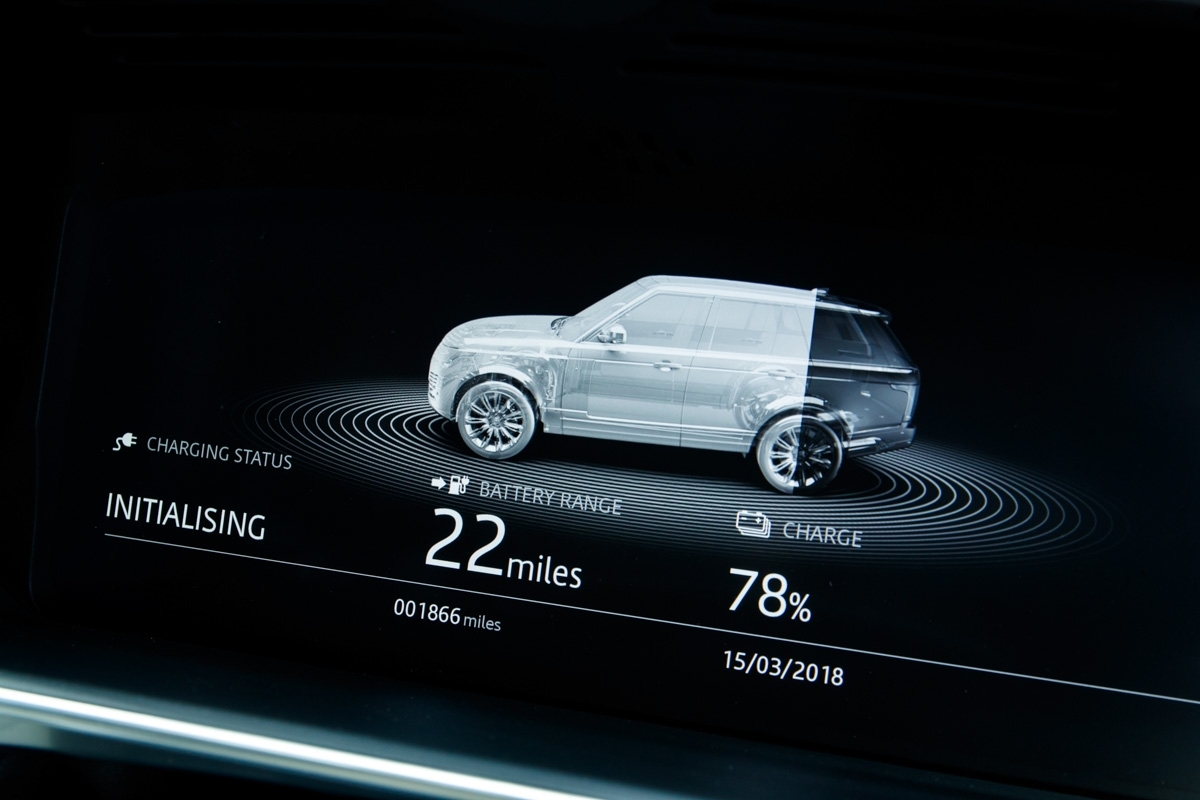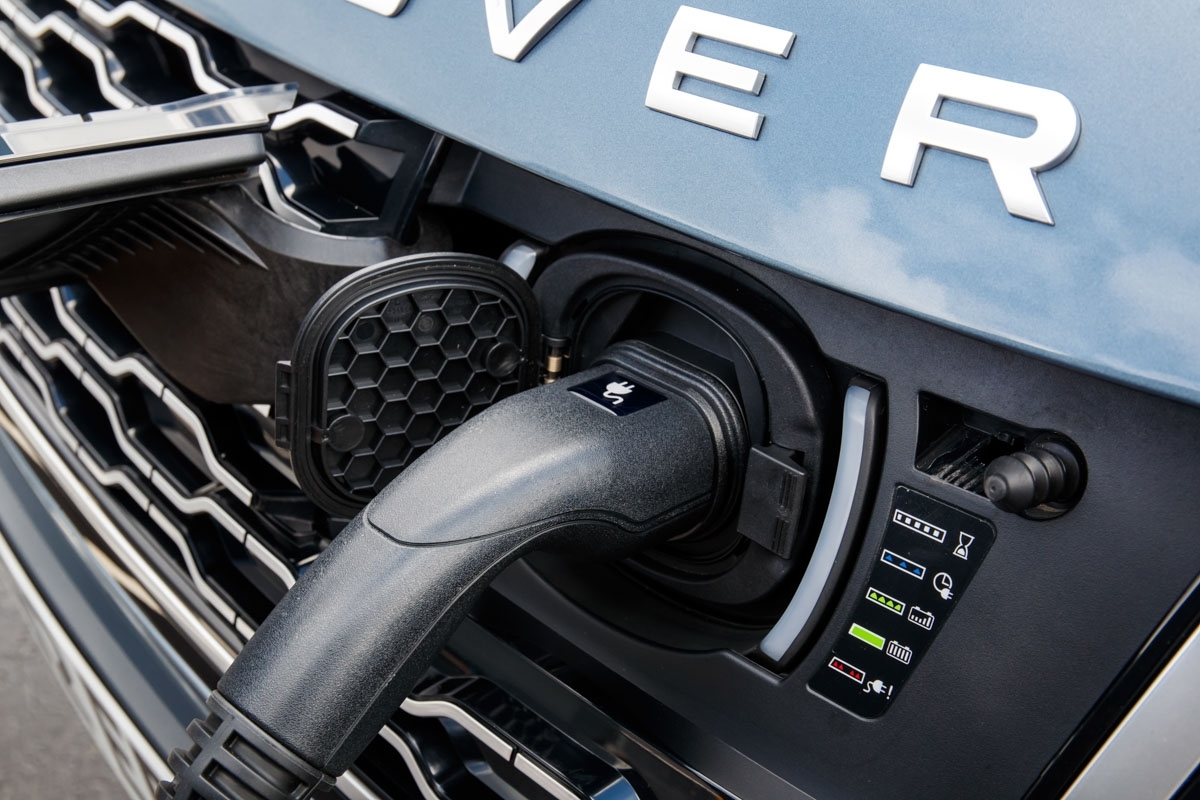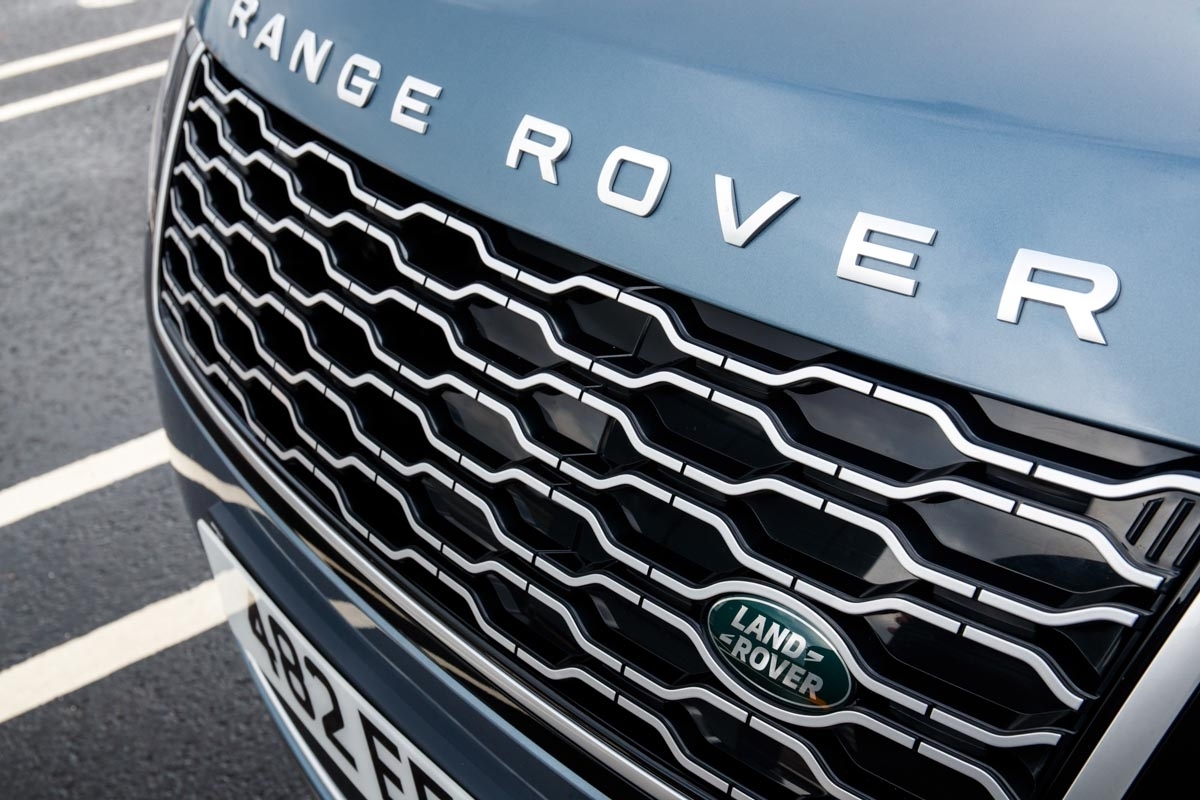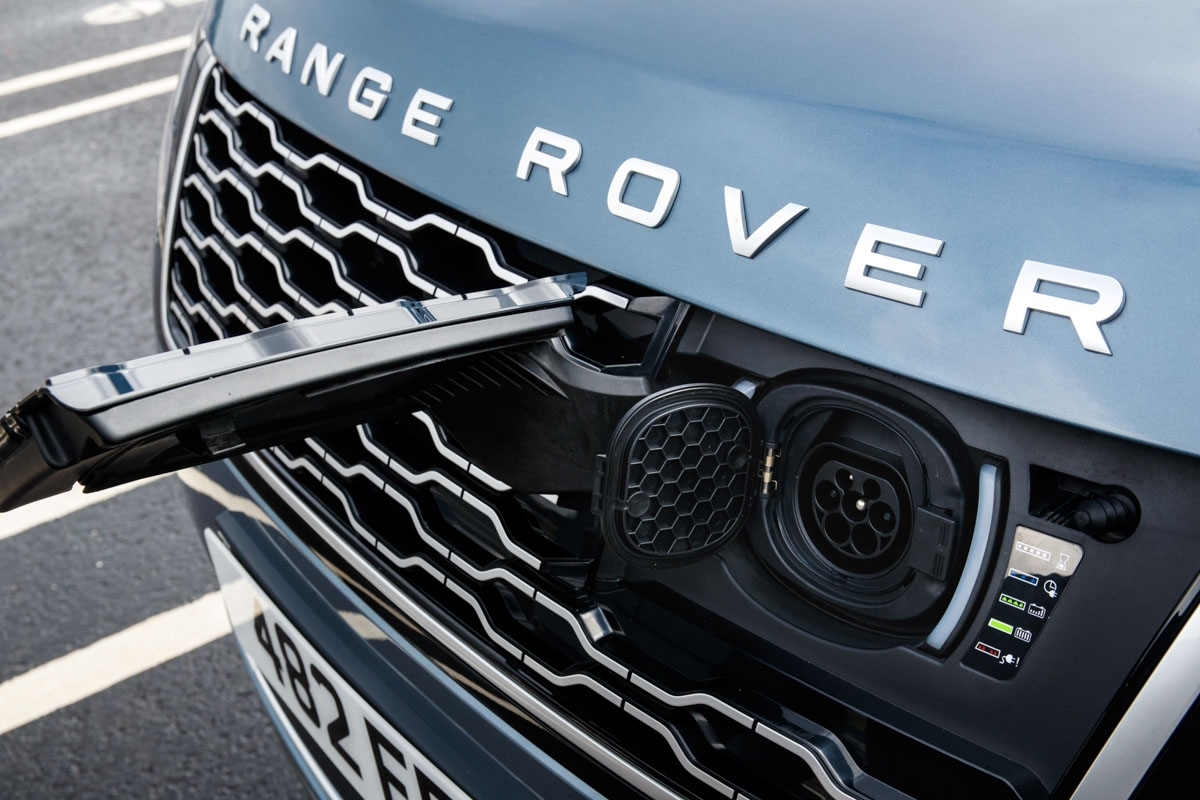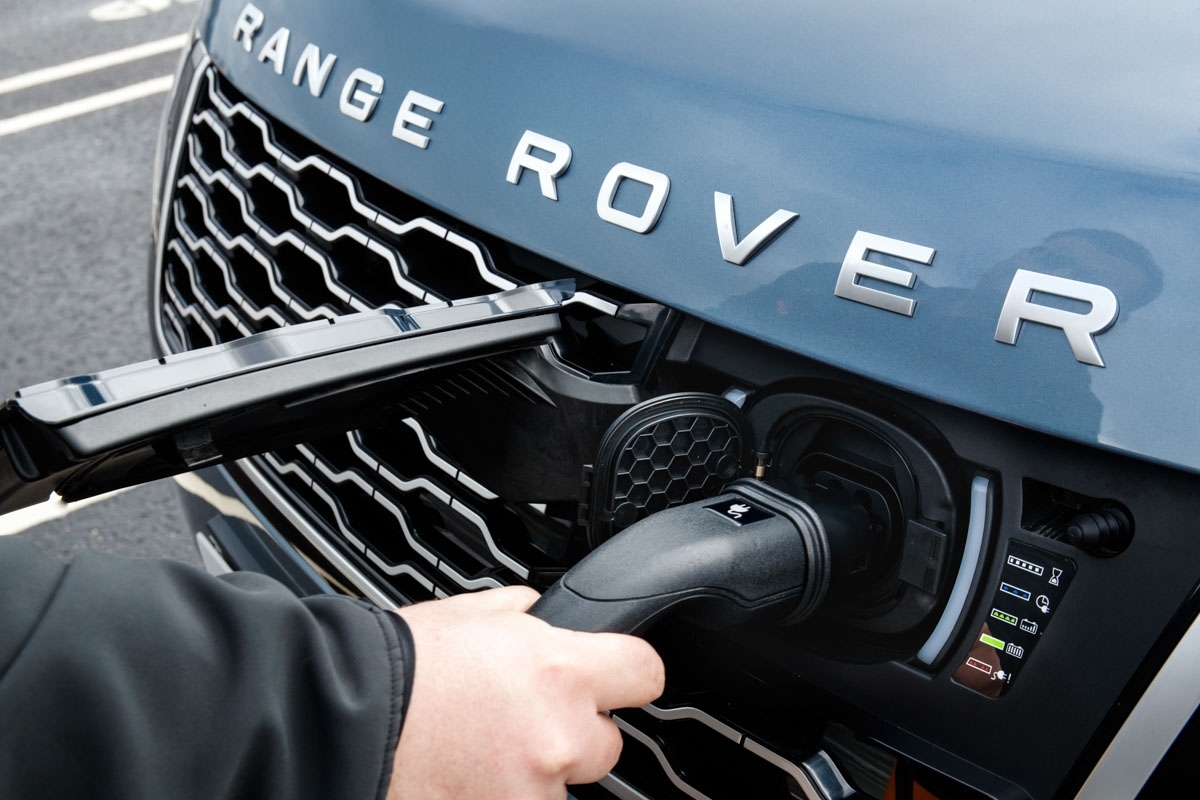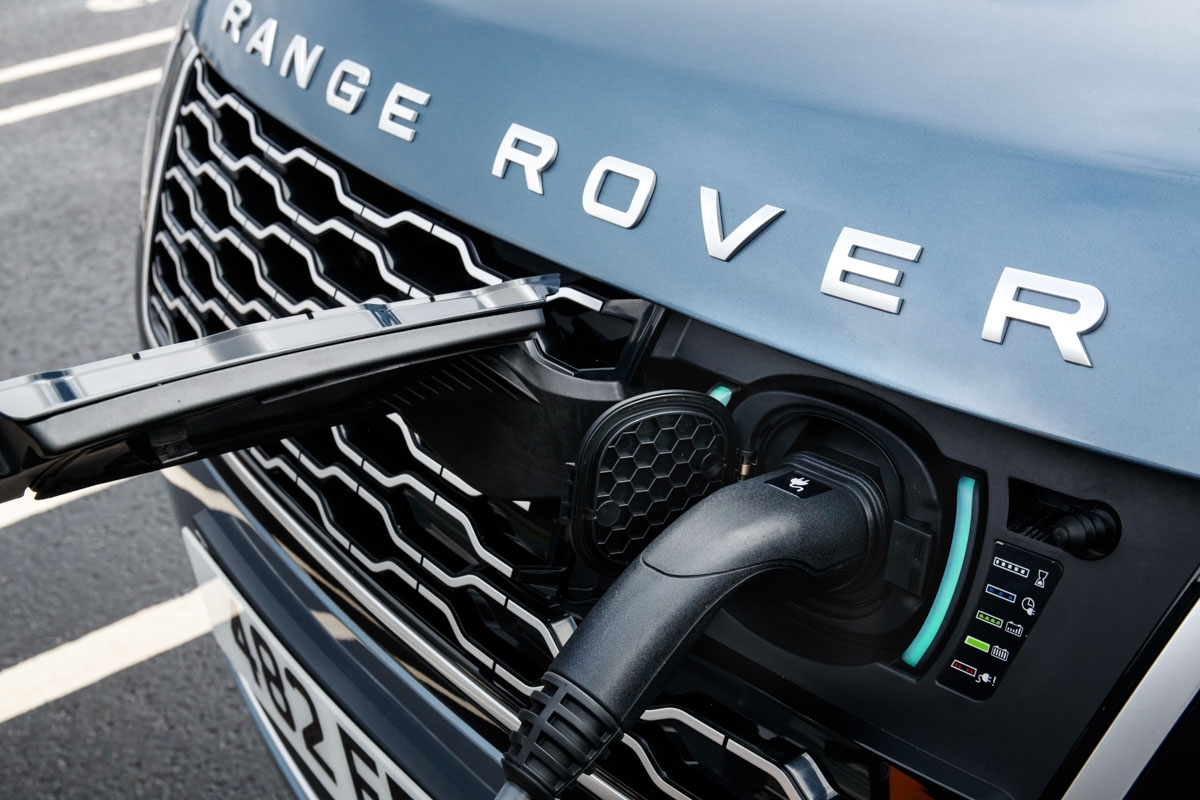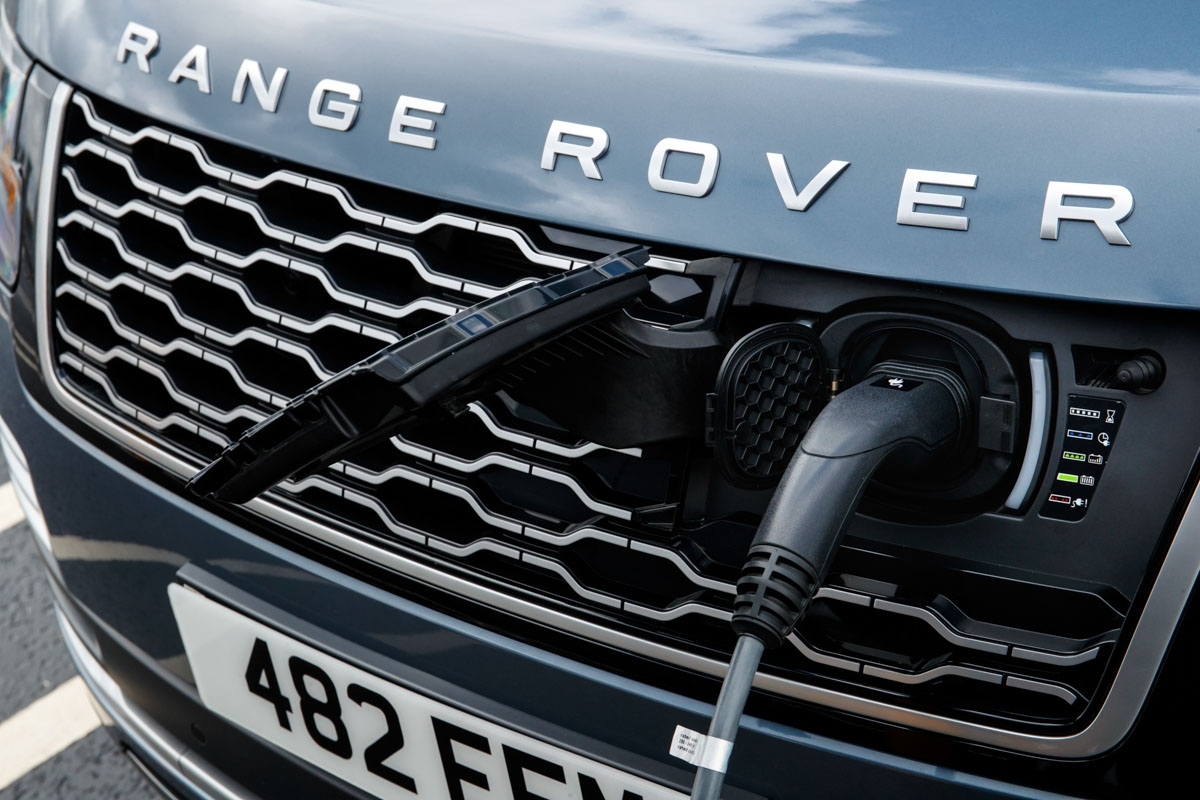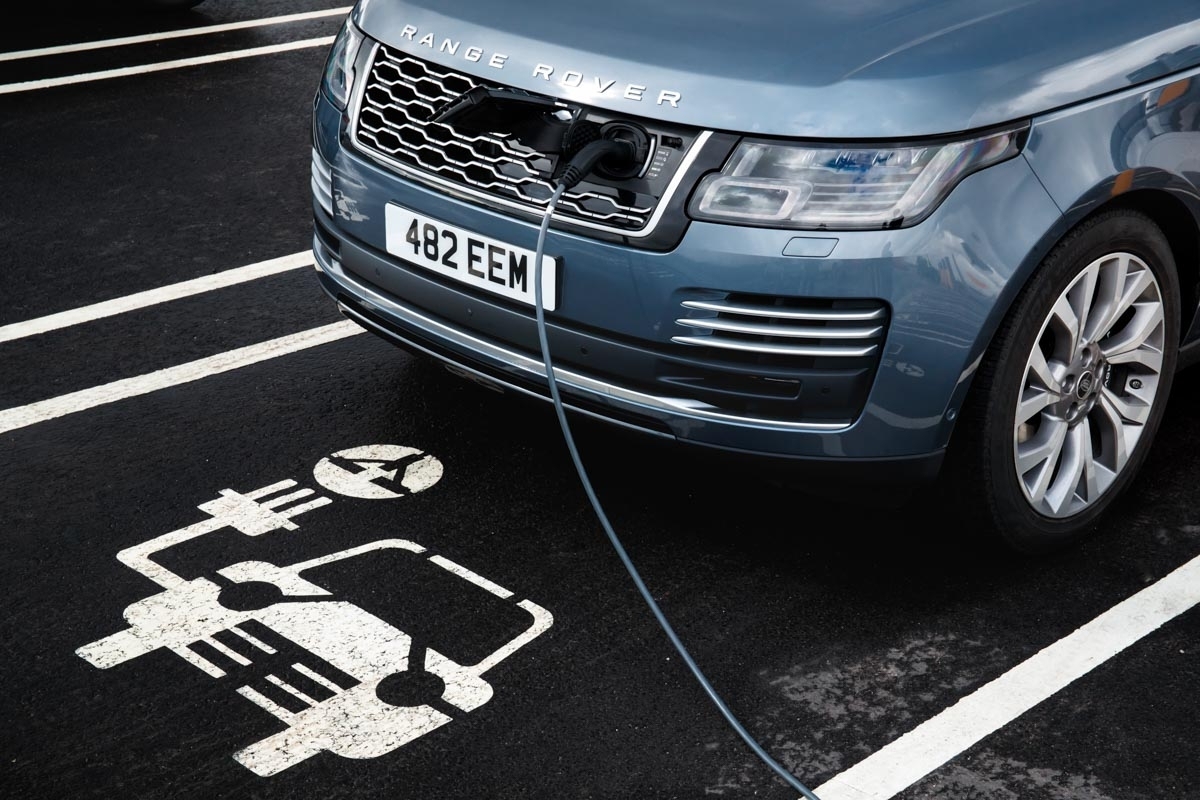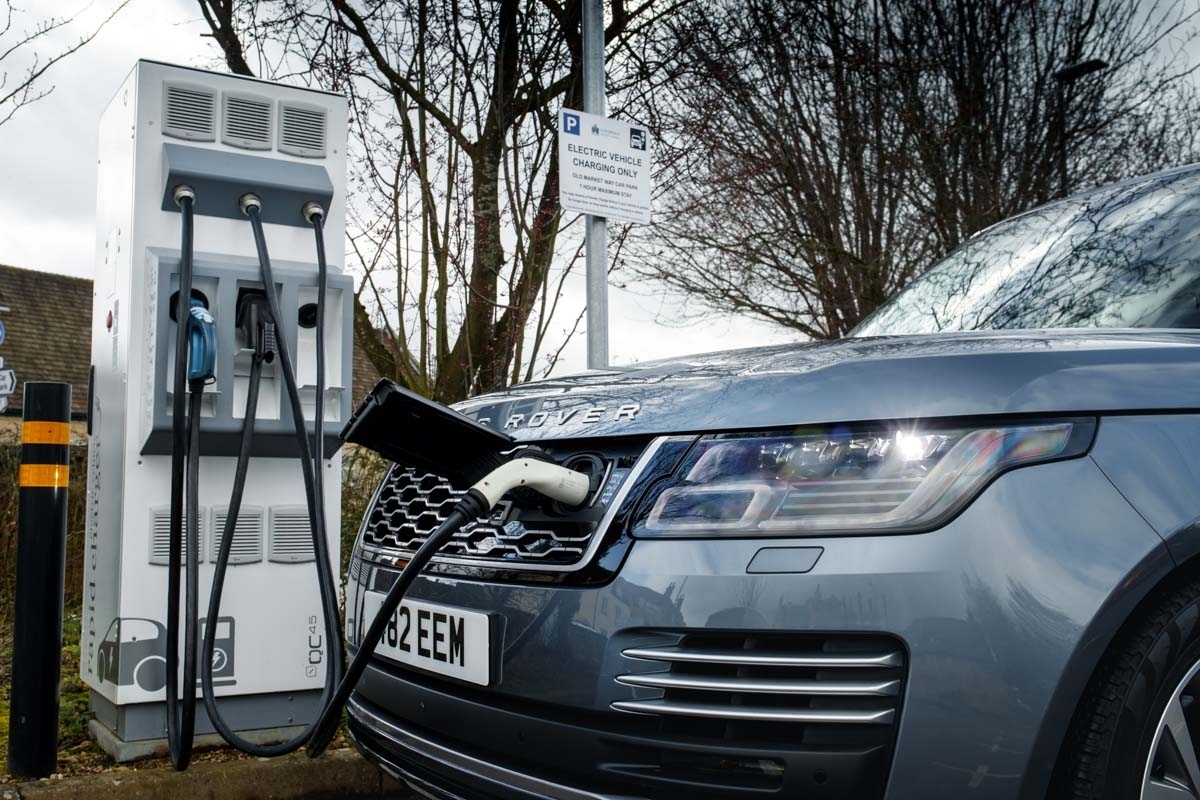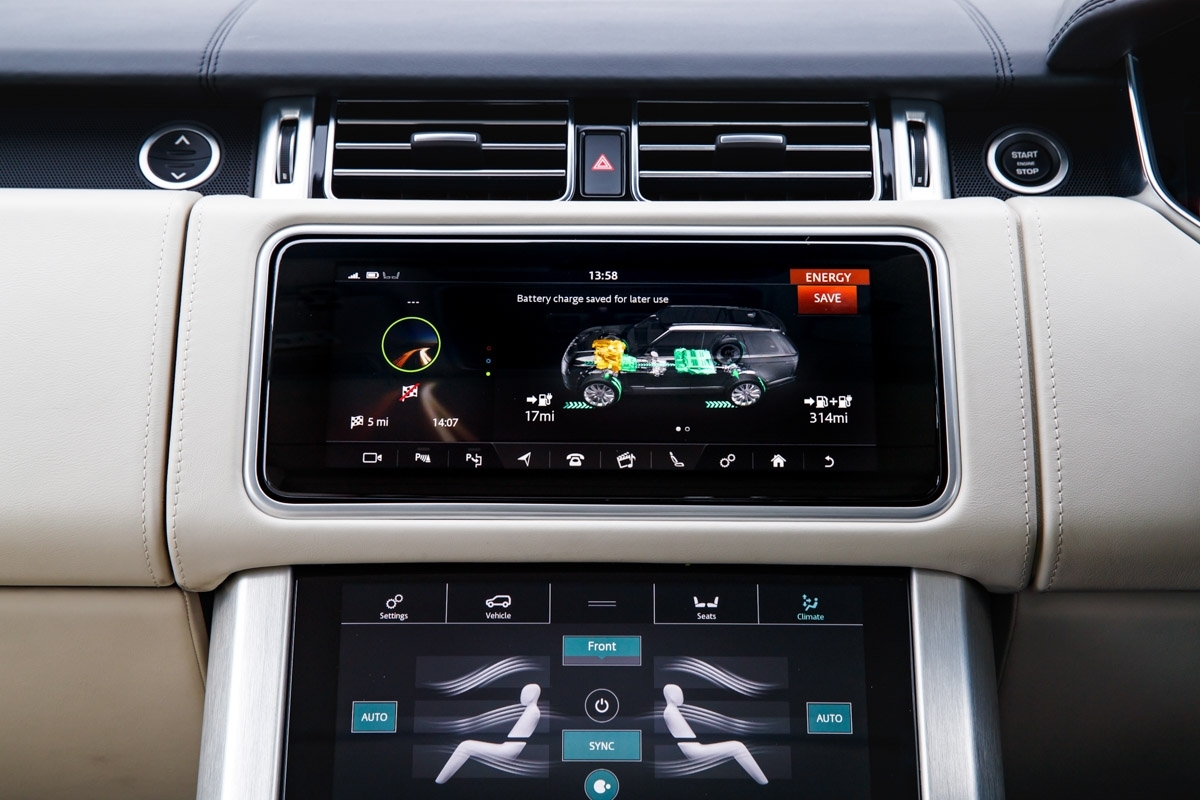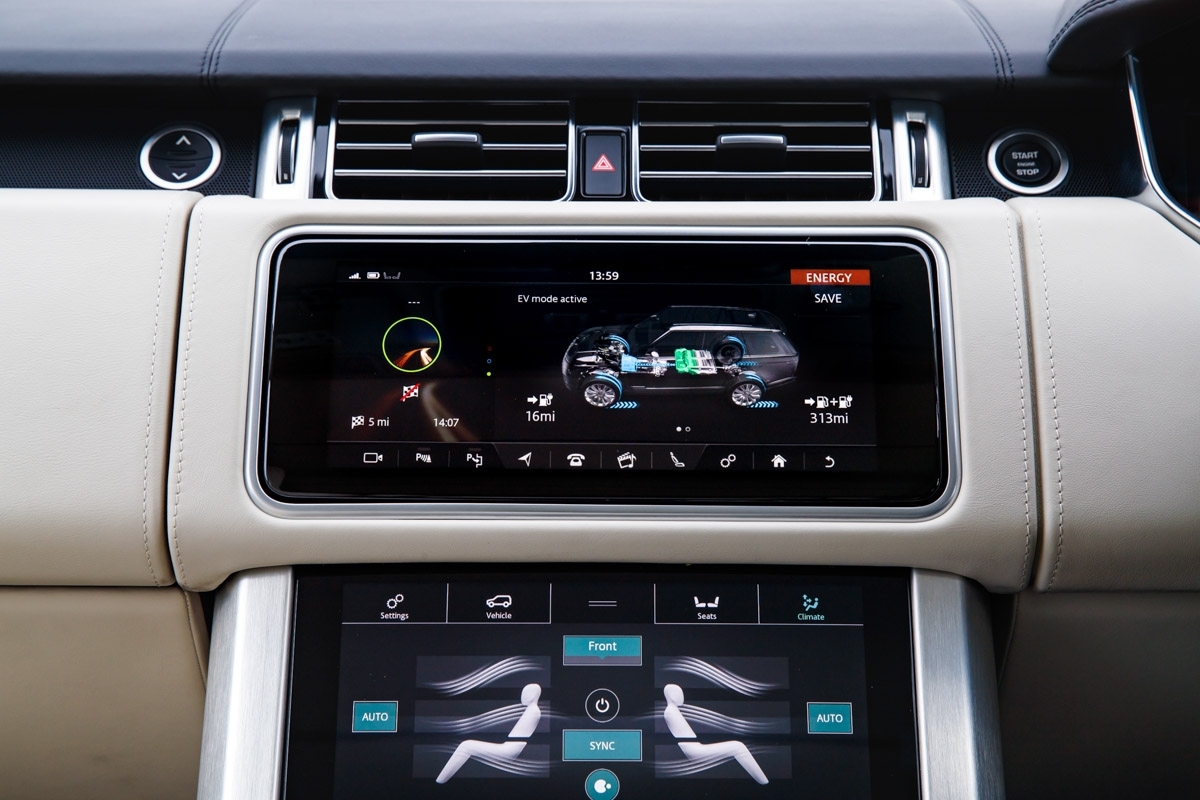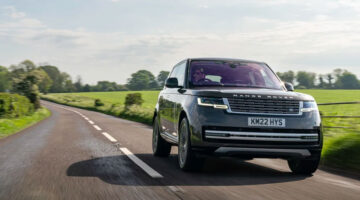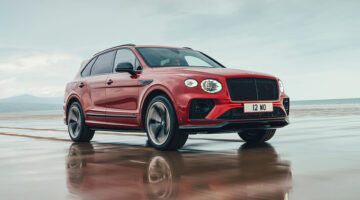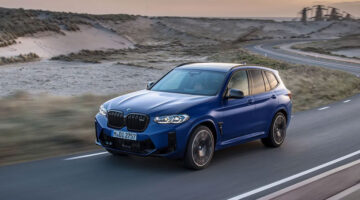After a mild facelift, the standard-bearer for luxury all-terrain motoring remains as relevant as ever
| Engine | Power | Torque | 0-100kph | Top speed | Weight | Price |
|---|---|---|---|---|---|---|
| V8-cyl, 4999cc, supercharged | 525hp @ 6000rpm | 460lb ft @ 2500rpm | 5.4sec | 250kph | 2330kg | $168,500 |
| Immense capability, extreme luxury and beautiful design | |
| Price of range topper is now in Bentley Bentayga territory |
Next year the Range Rover will celebrate its half century. That in itself is an incredible feat but to consider that the most iconic luxury SUV of all is still only in its fourth generation is mind-boggling. Proof, if any were necessary, that when a design is intrinsically right, it doesn’t need to be messed with.
That way of thinking was obviously to the fore when planning this, the mid-life refresh of a vehicle that few would argue needed comprehensive overhaul. Not that the designers and engineers at Land Rover don’t have anything spectacular in store for the upcoming fifth-gen, which apparently will be taking the fight to the likes of Bentley and Rolls-Royce, which have both brought untold levels of luxury to off-roading. In the meantime, though, the Rangie remains a monumentally capable and desirable machine, no matter which powertrain it’s been equipped with.
Other markets get a raft of properly impressive turbodiesel engines and there’s a plug-in hybrid called the PHEV that combines battery power with a 2.0-litre, straight-four-cylinder engine that’s good for 296bhp while the electric motor rustles up another 114 ponies. With 2.8L/100km average fuel economy and an all-electric range of 50km, it’s a Range Rover like no other before it and is seriously impressive.
The Middle East region will, indeed, be including this in its line-up but not for the time being. For now, we’ll have to be content with the supercharged V6 and V8 models, which isn’t much of a hardship, truth be told, and all models are fitted with an eight-speed, silky smooth automatic transmission. Pricing for the entry-level Vogue V6 starts at $113,200 and the mighty SV Autobiography could set you back as much as $260,000, which is accurately indicative of how well appointed it is.
As before, two body styles are available – standard and long wheelbase – with the latter offering capacious rear quarters more like a private jet than a car. Even in the normal configuration, there’s plenty of space with every square millimetre quietly whispering luxury. New seating options are available, again upping the luxury quota, and the hybrid sacrifices 100 litres of luggage space in order to house the batteries and electric motor but it remains eminently practical for families or adventurers. At this level, a Range Rover could be a viable alternative to a top-of-the-line S-Class or 7 Series, or even a Bentley Flying Spur. Every model from the Vogue SE above comes with the dual-screen central infotainment display that debuted in the Velar last year.
Externally the updates are subtle to the point of being almost unnoticeable. There’s a revised grille and bumper up front, with larger vent blades. The ‘Pixel’ headlamps are made from 144 LEDs each and four laser diodes that help provide more than half a kilometre of visibility after dark. The side profile is tweaked with differently designed vents and at the rear there’s a new bumper that incorporates integrated tailpipes.
No real surprises here then, apart from the new hybrid, which manages to be a technical tour de force while feeling and moving very much like a Range Rover should. But whatever model you find yourself drawn to will be a wonderful, deeply satisfying and appealing motorcar that in many respects is about as good as it gets.

